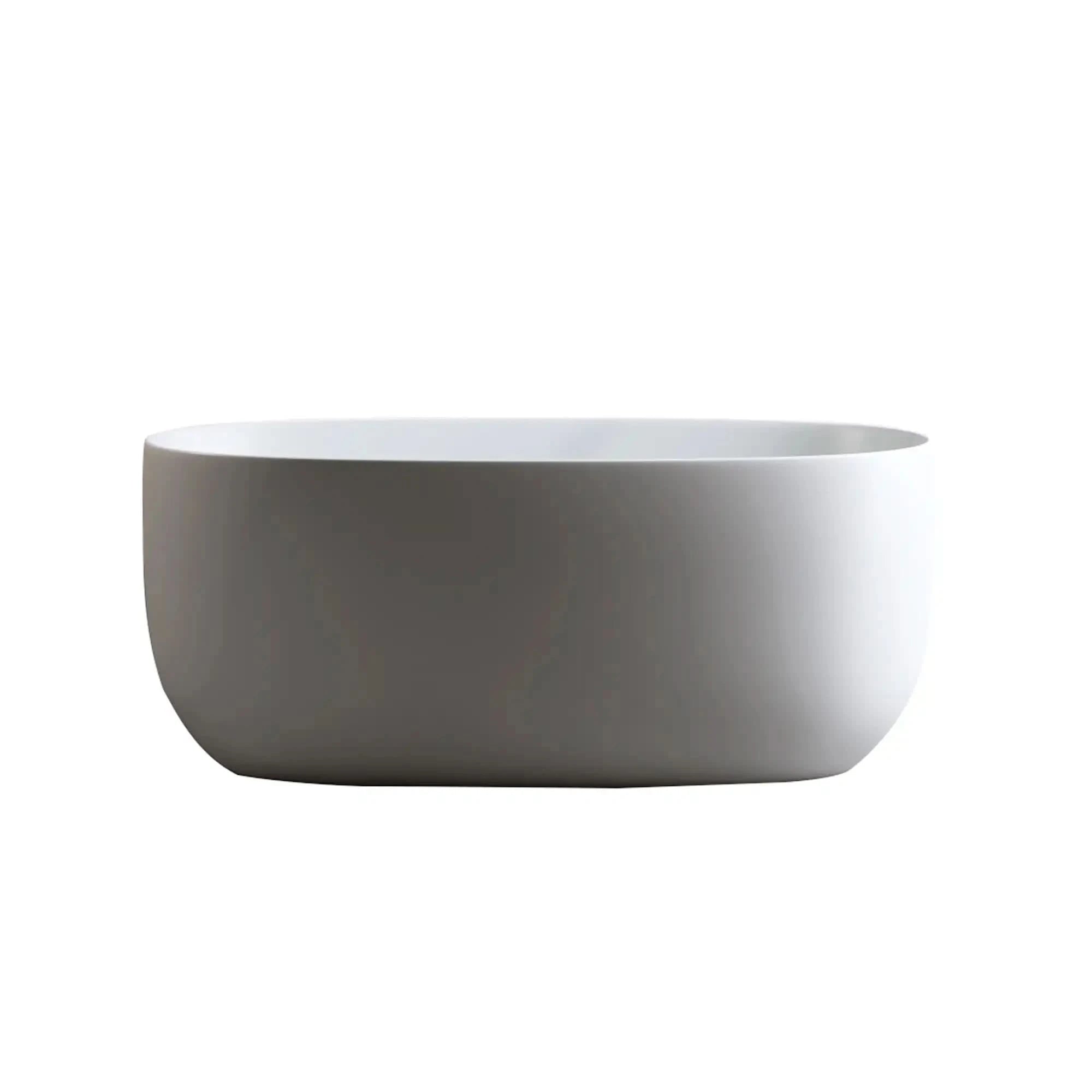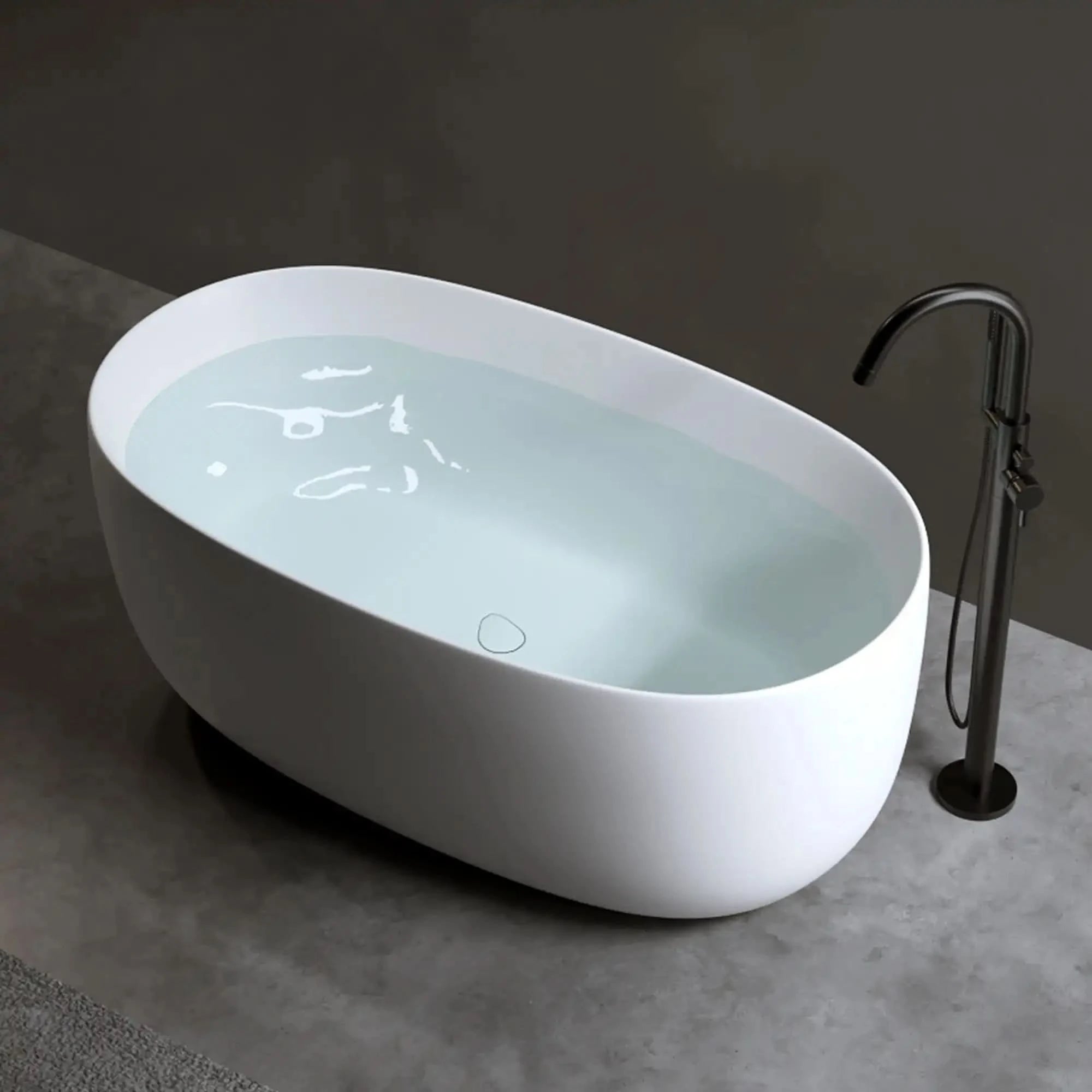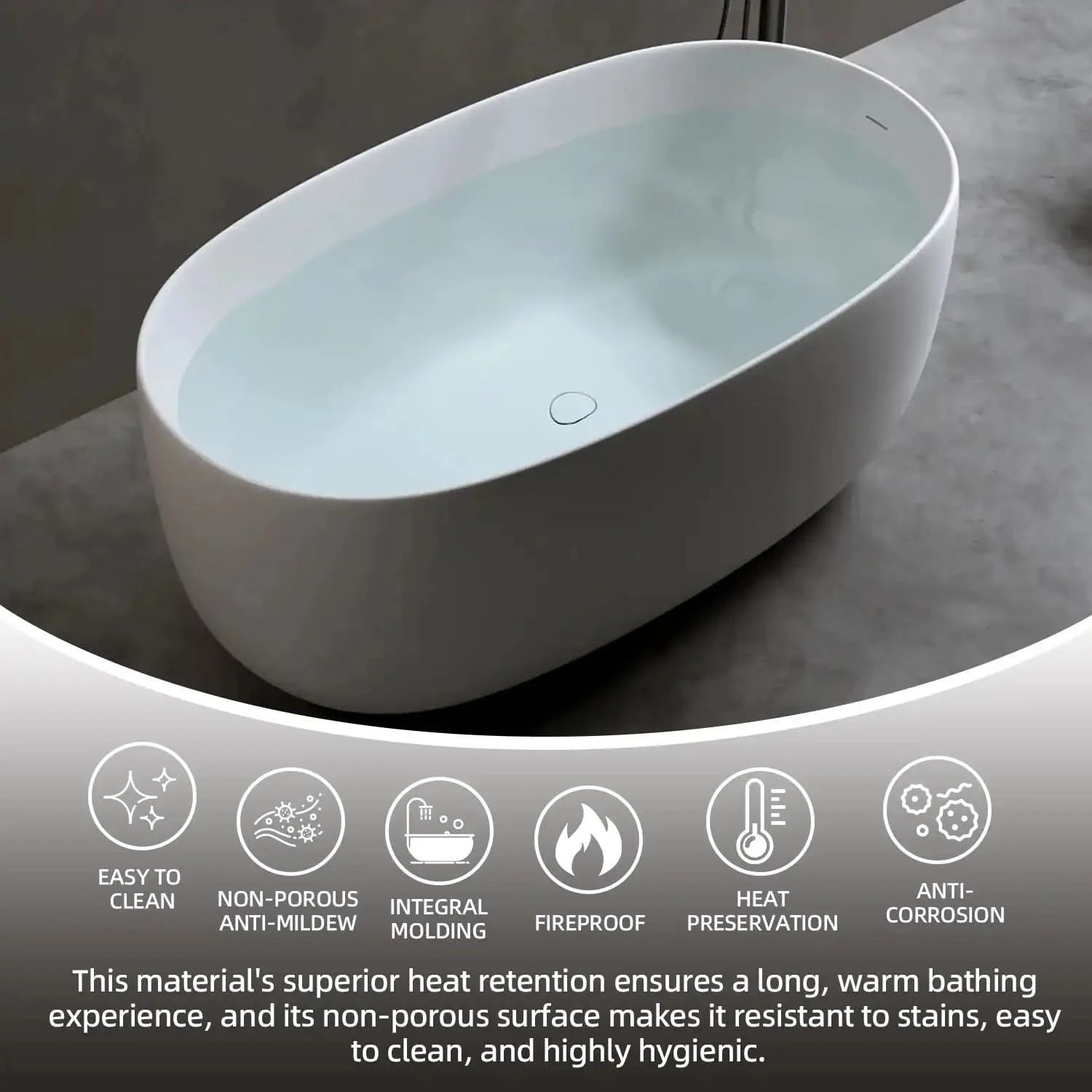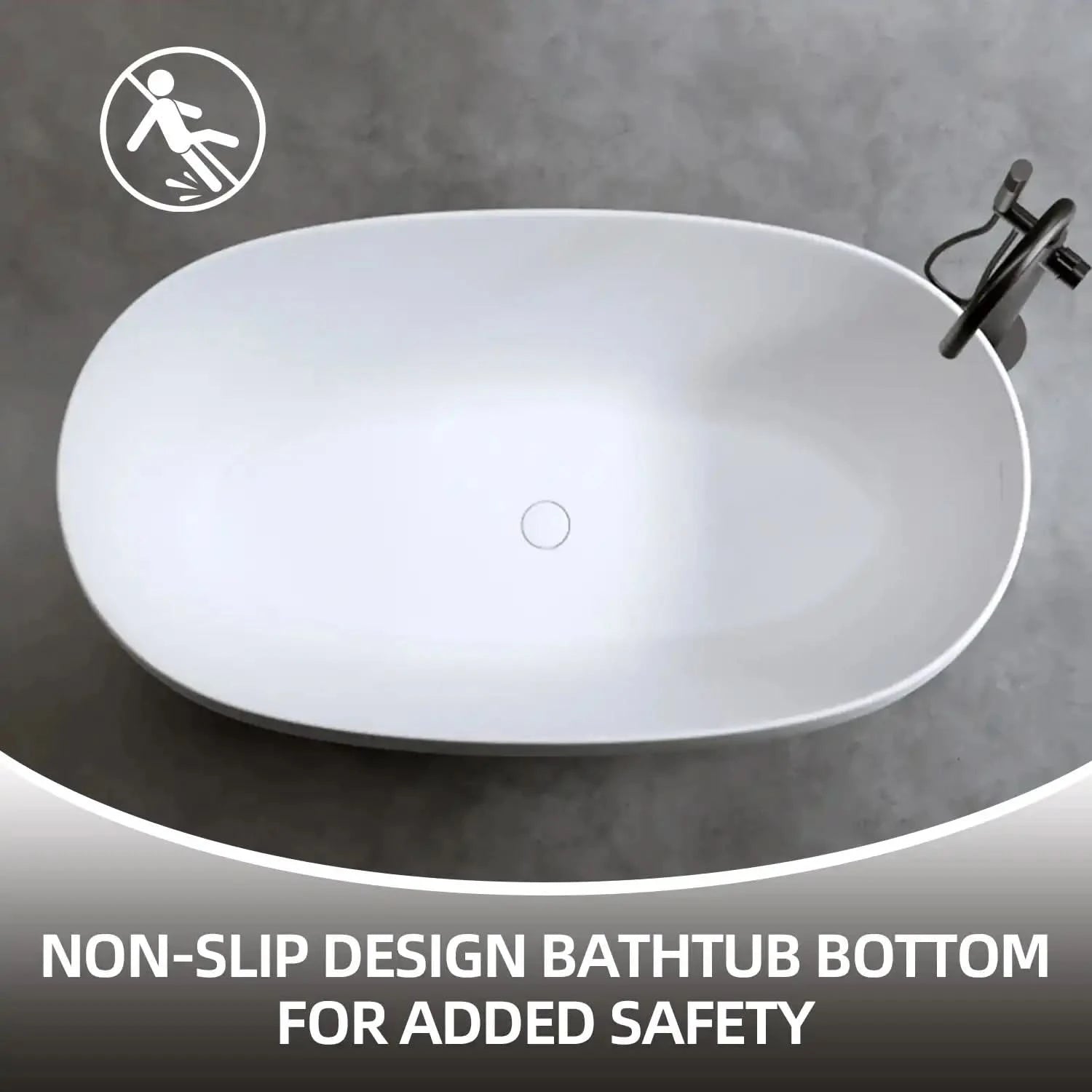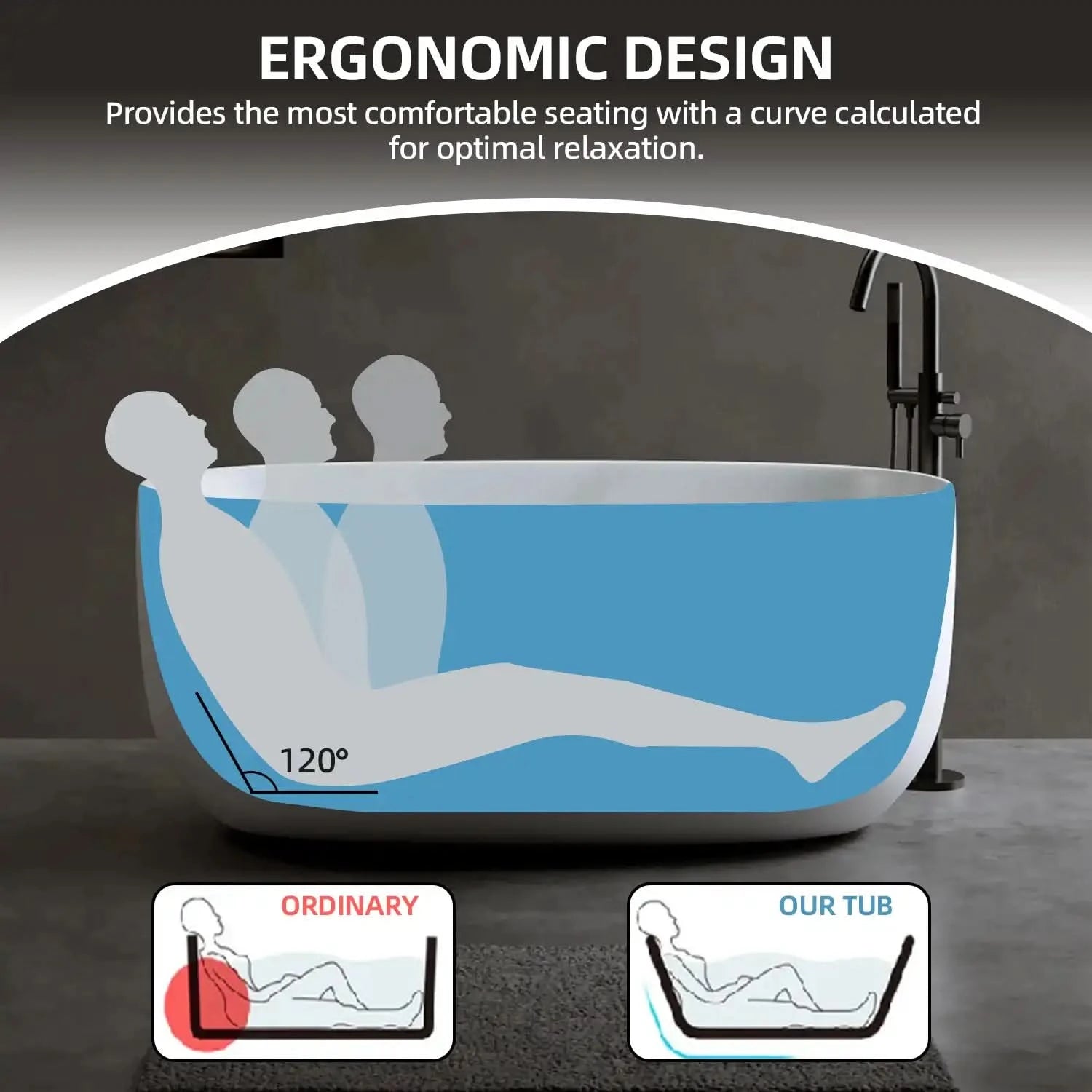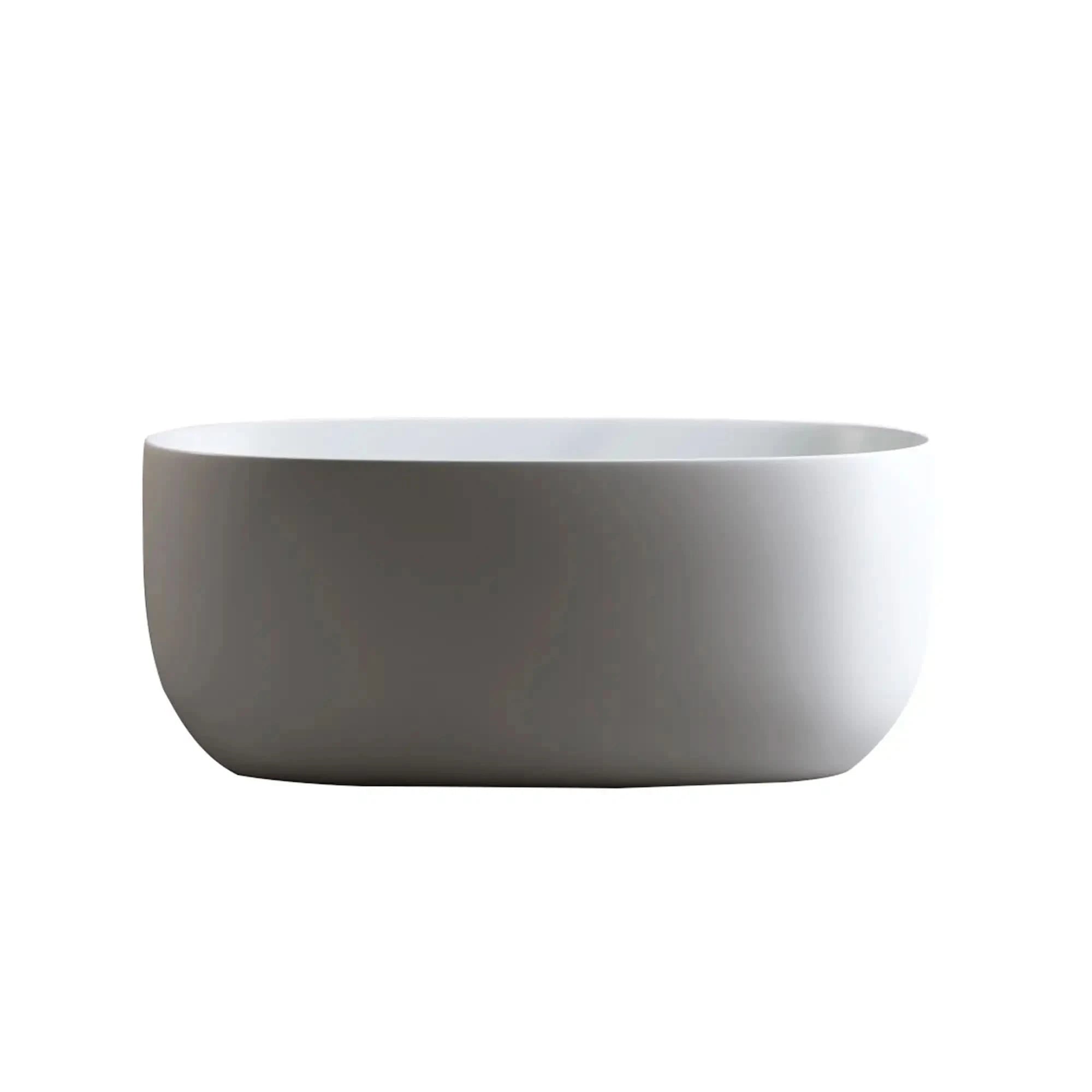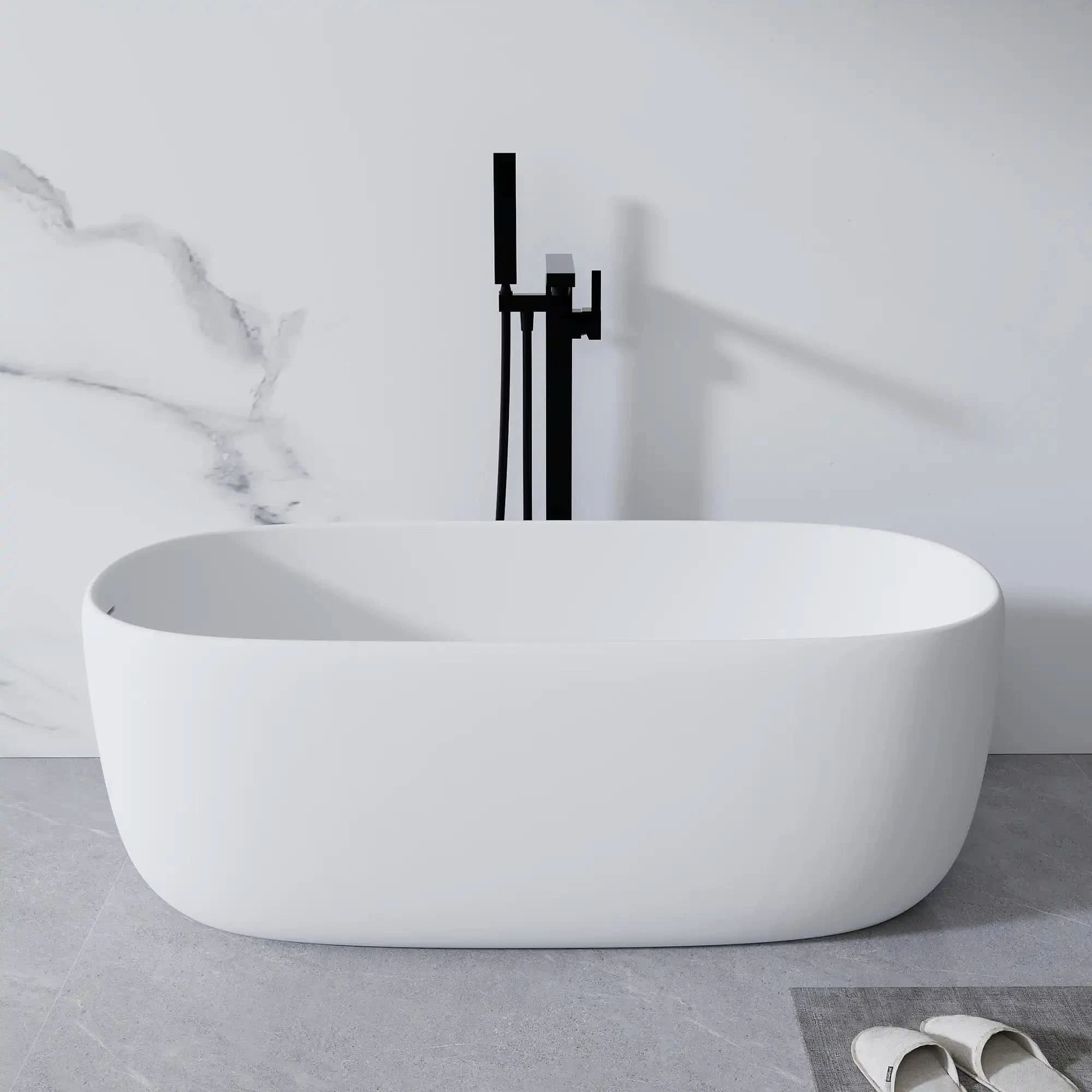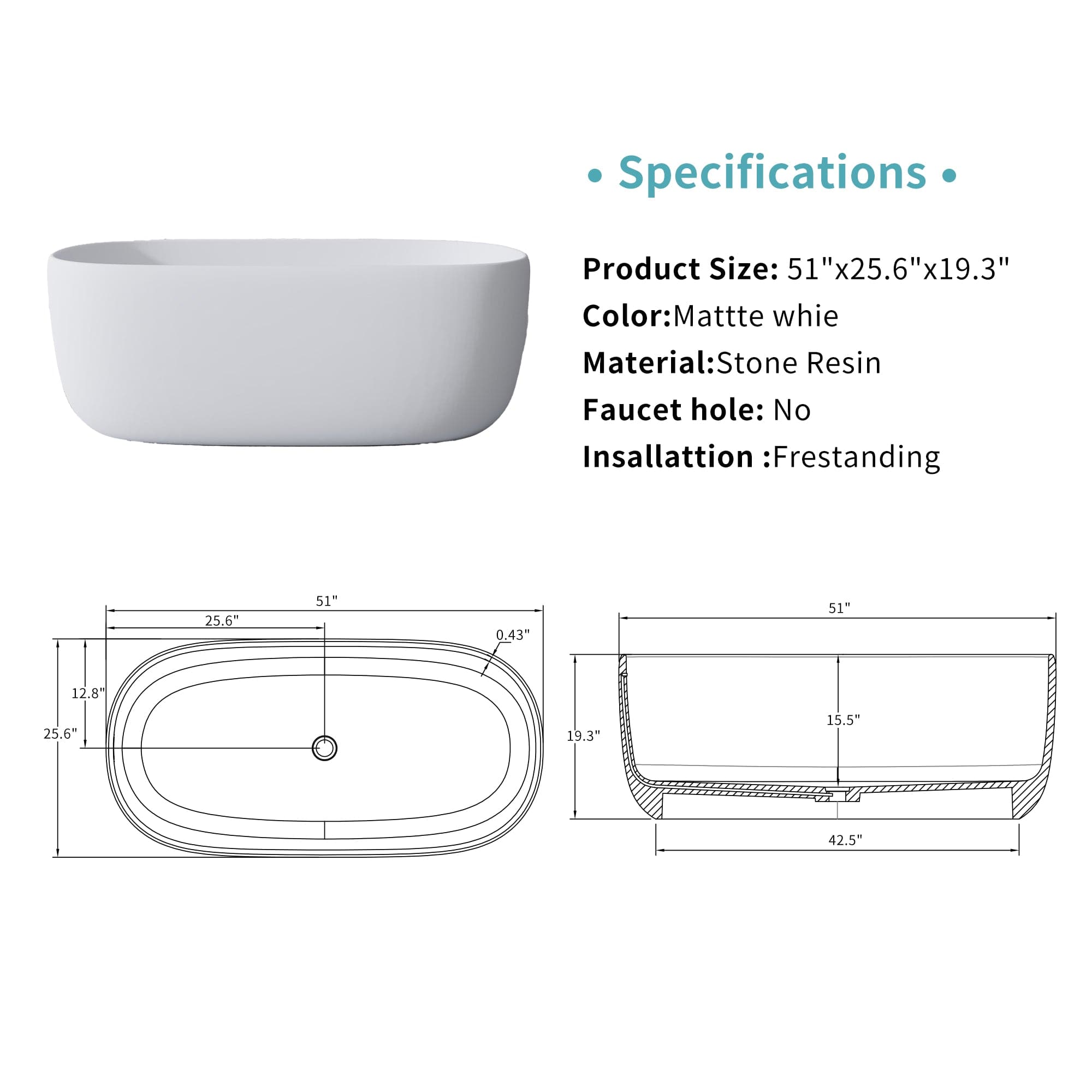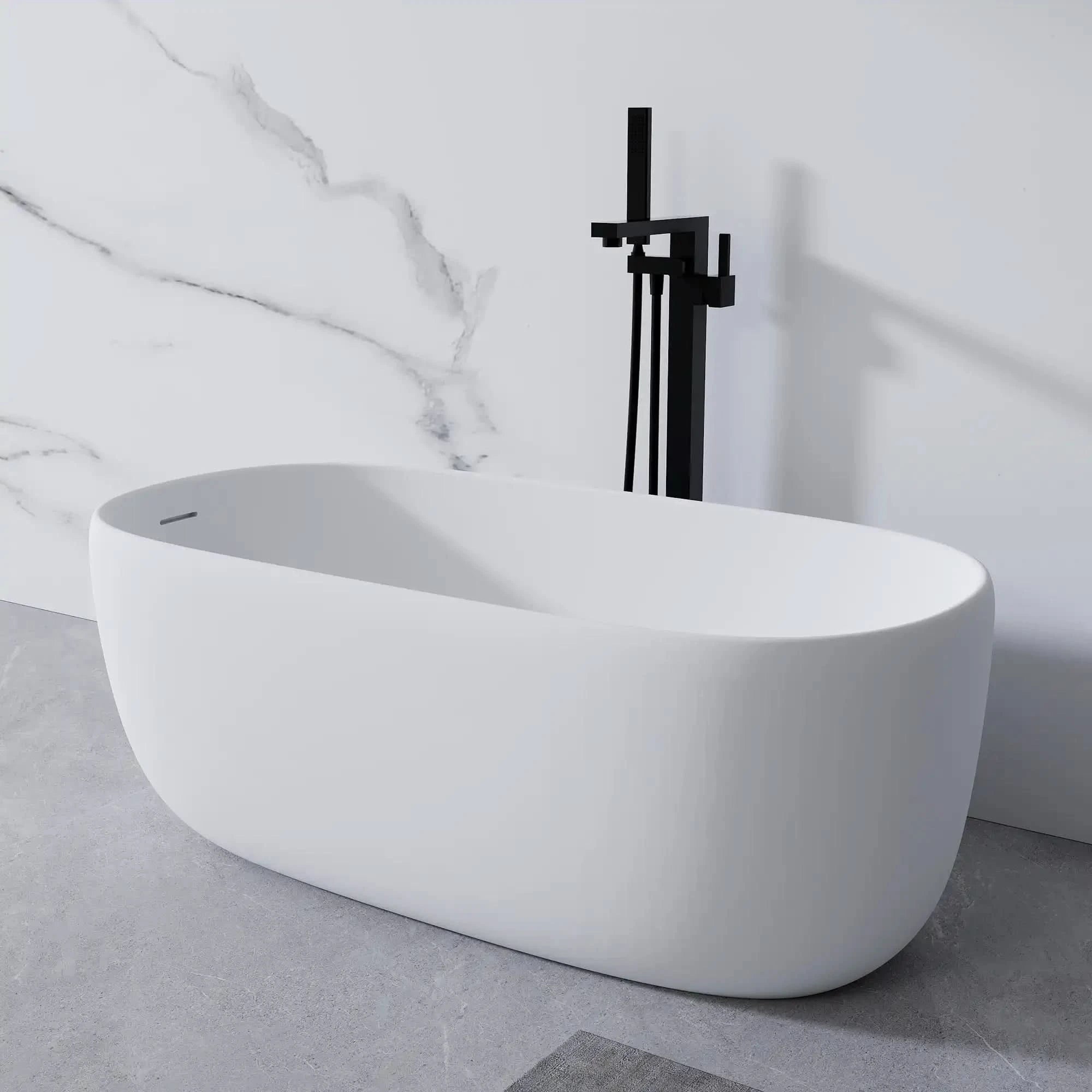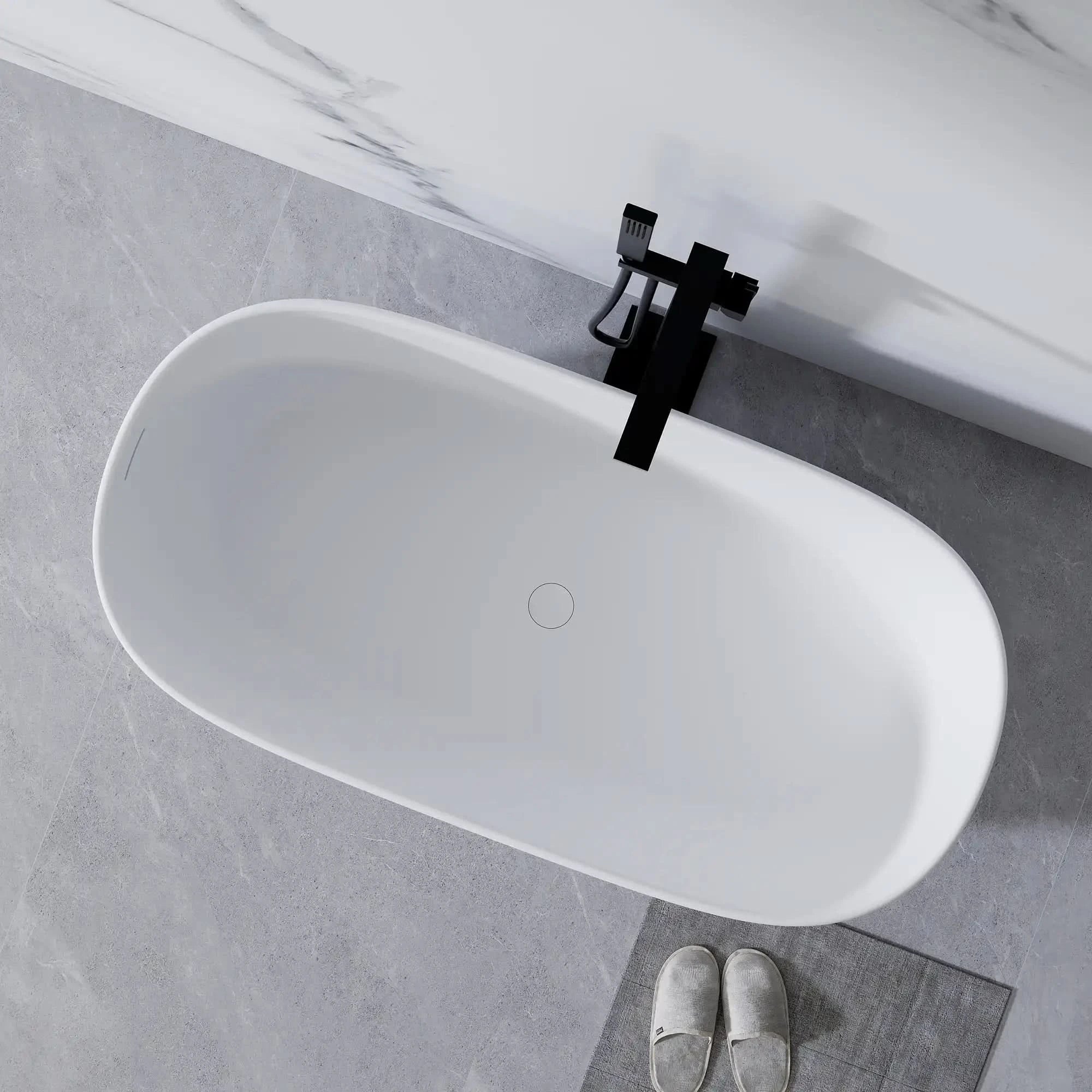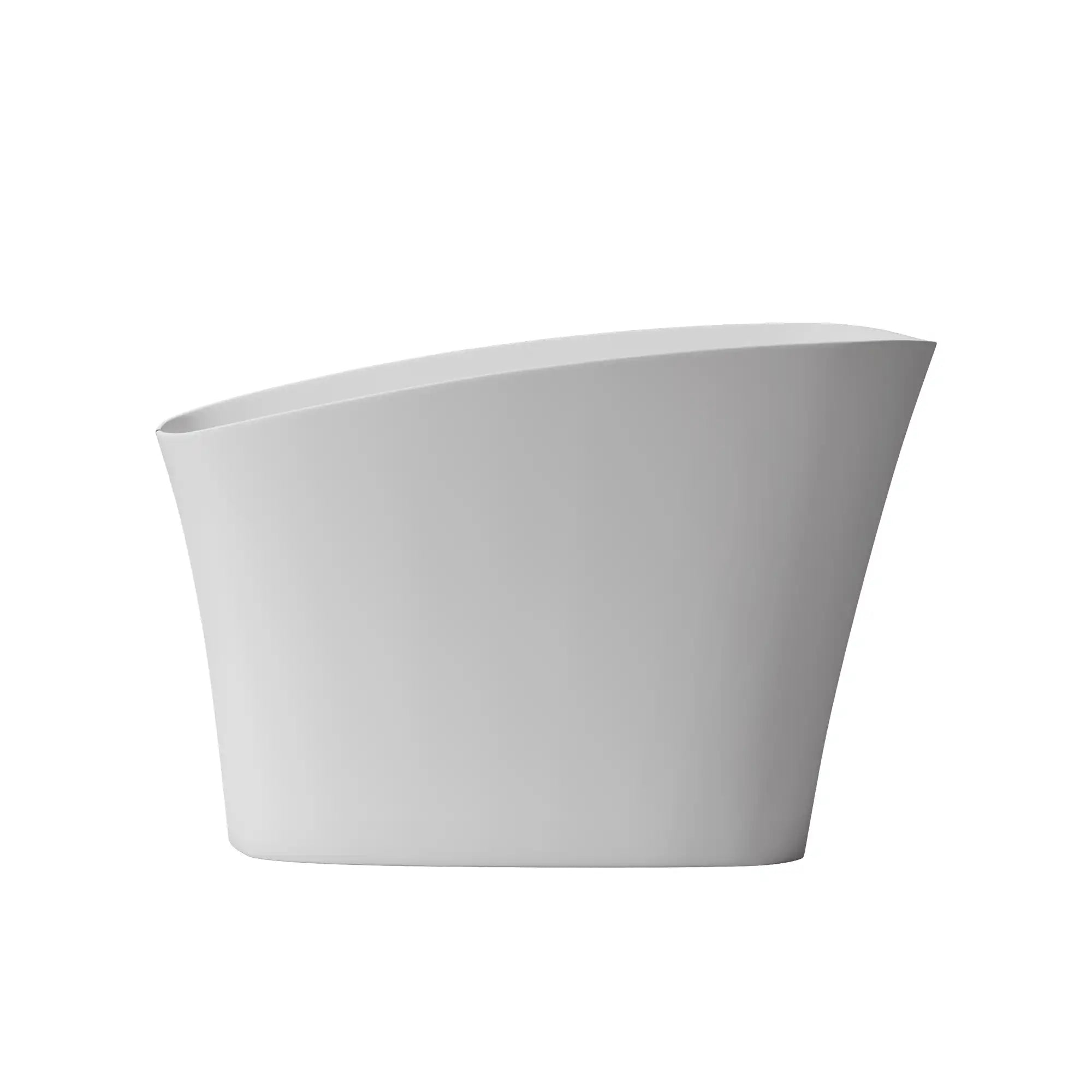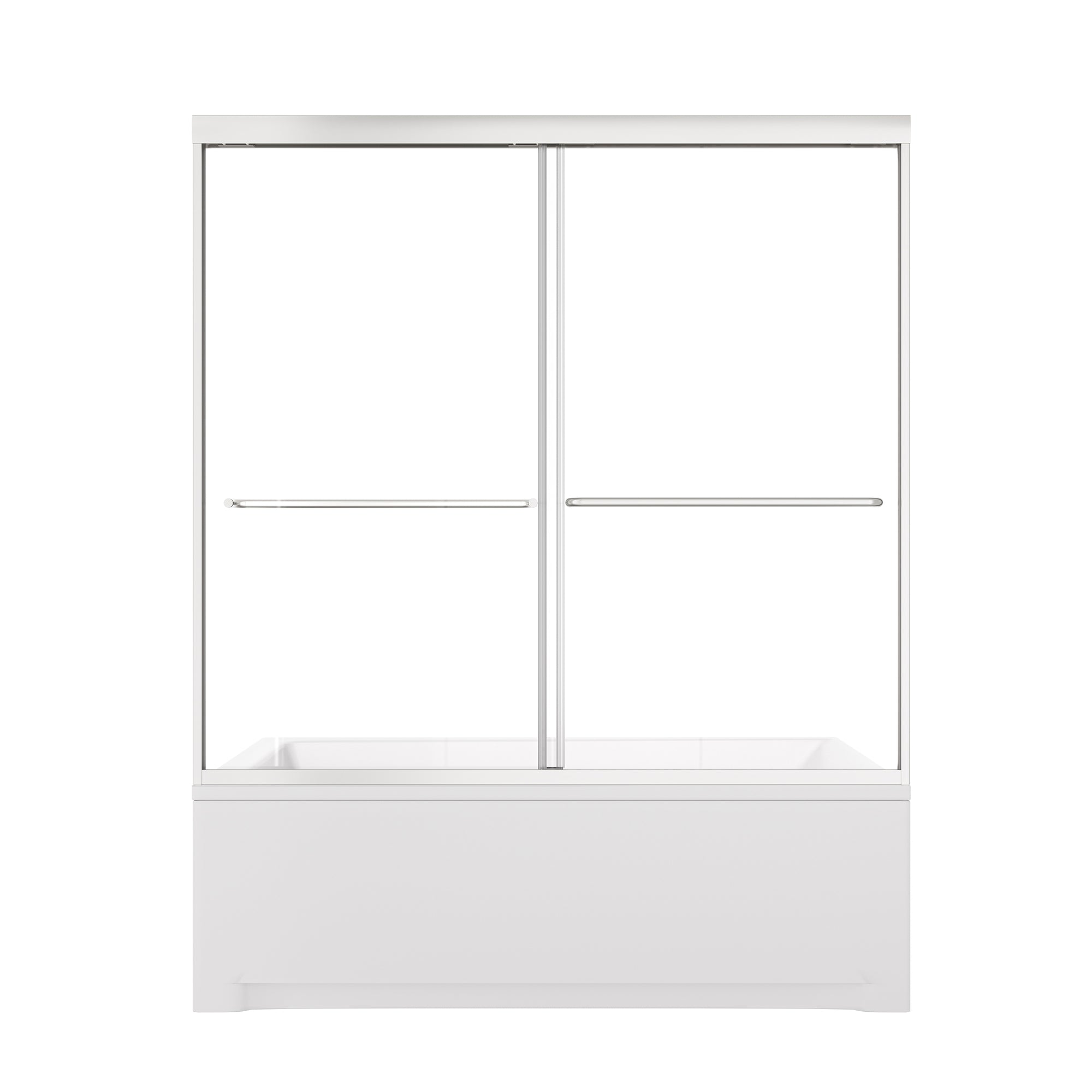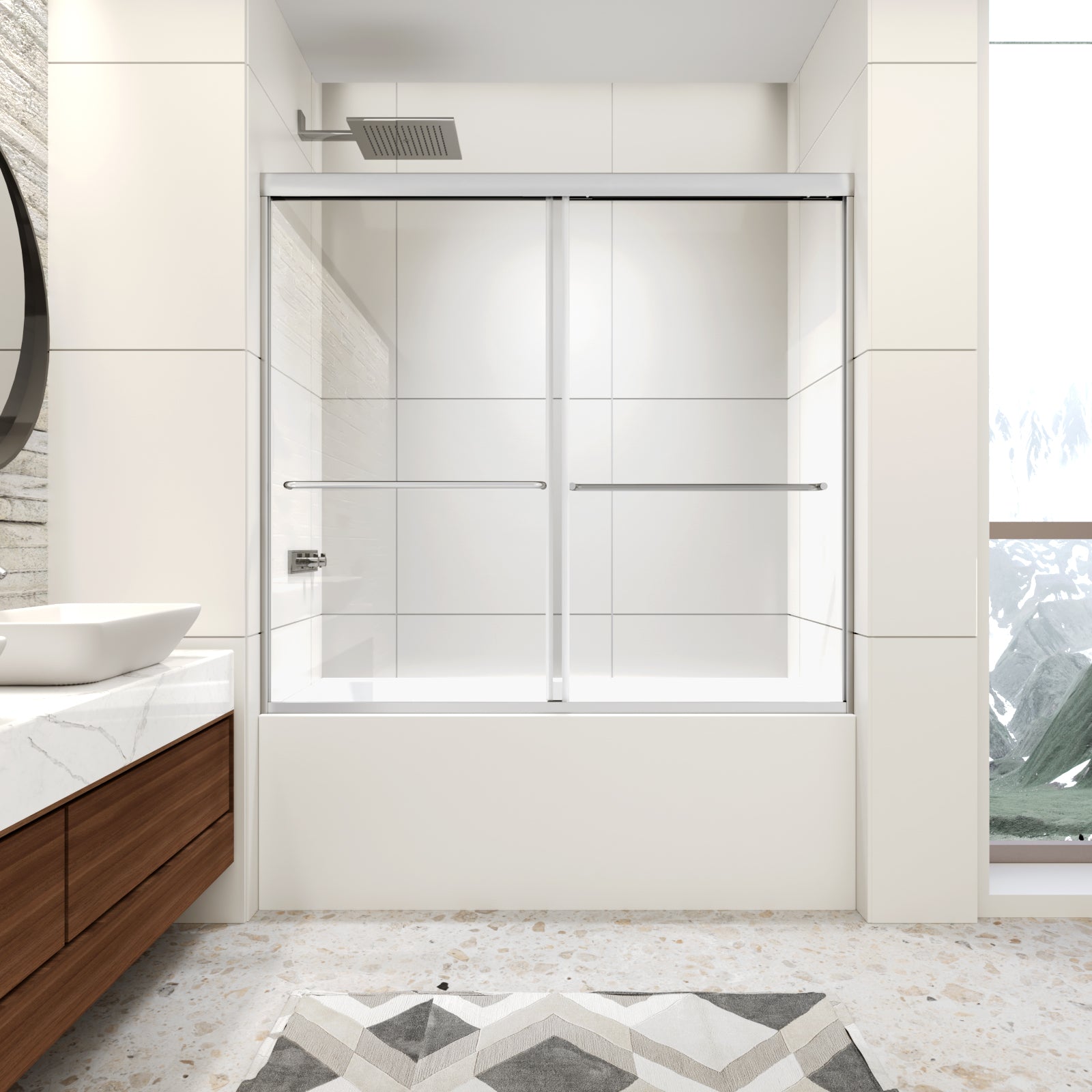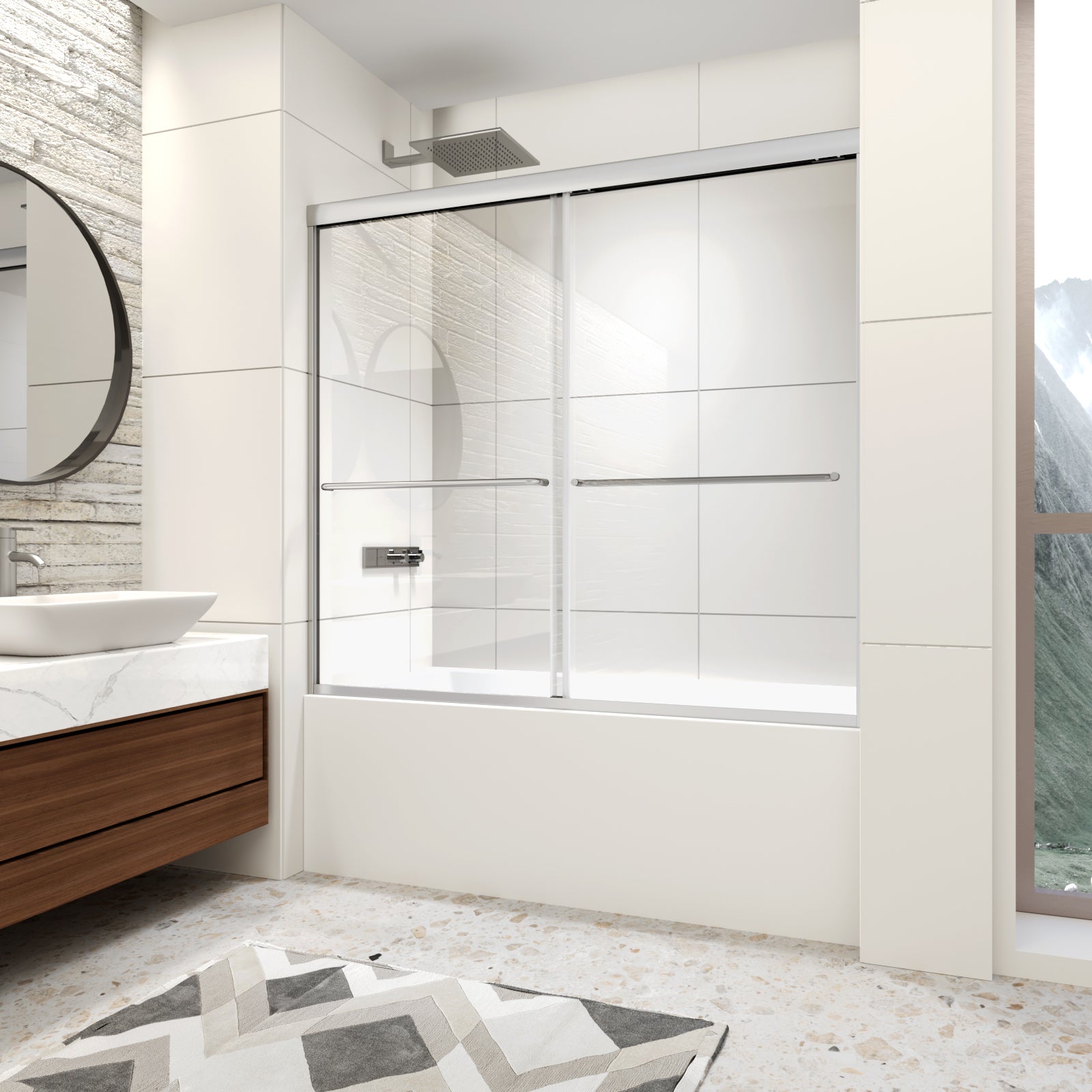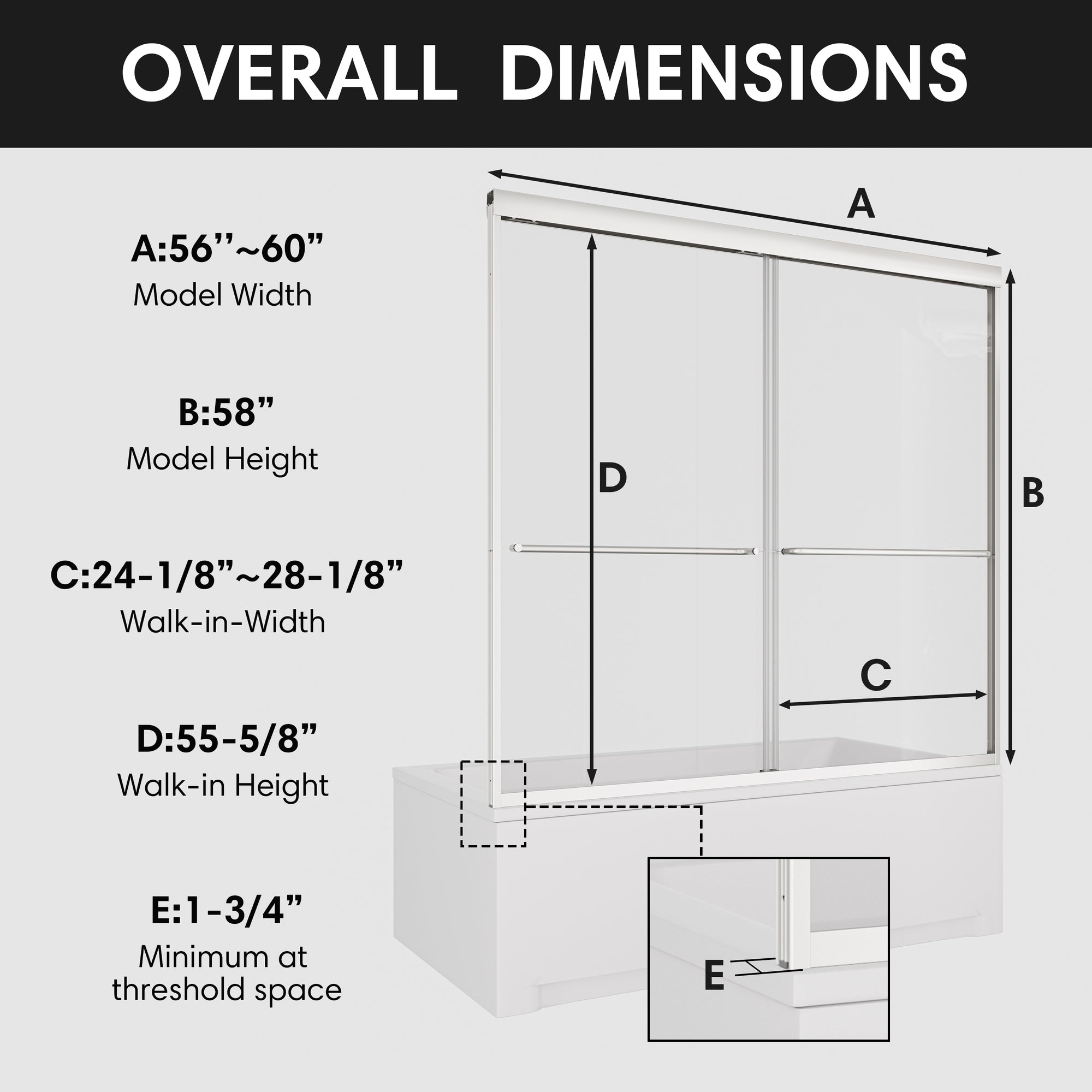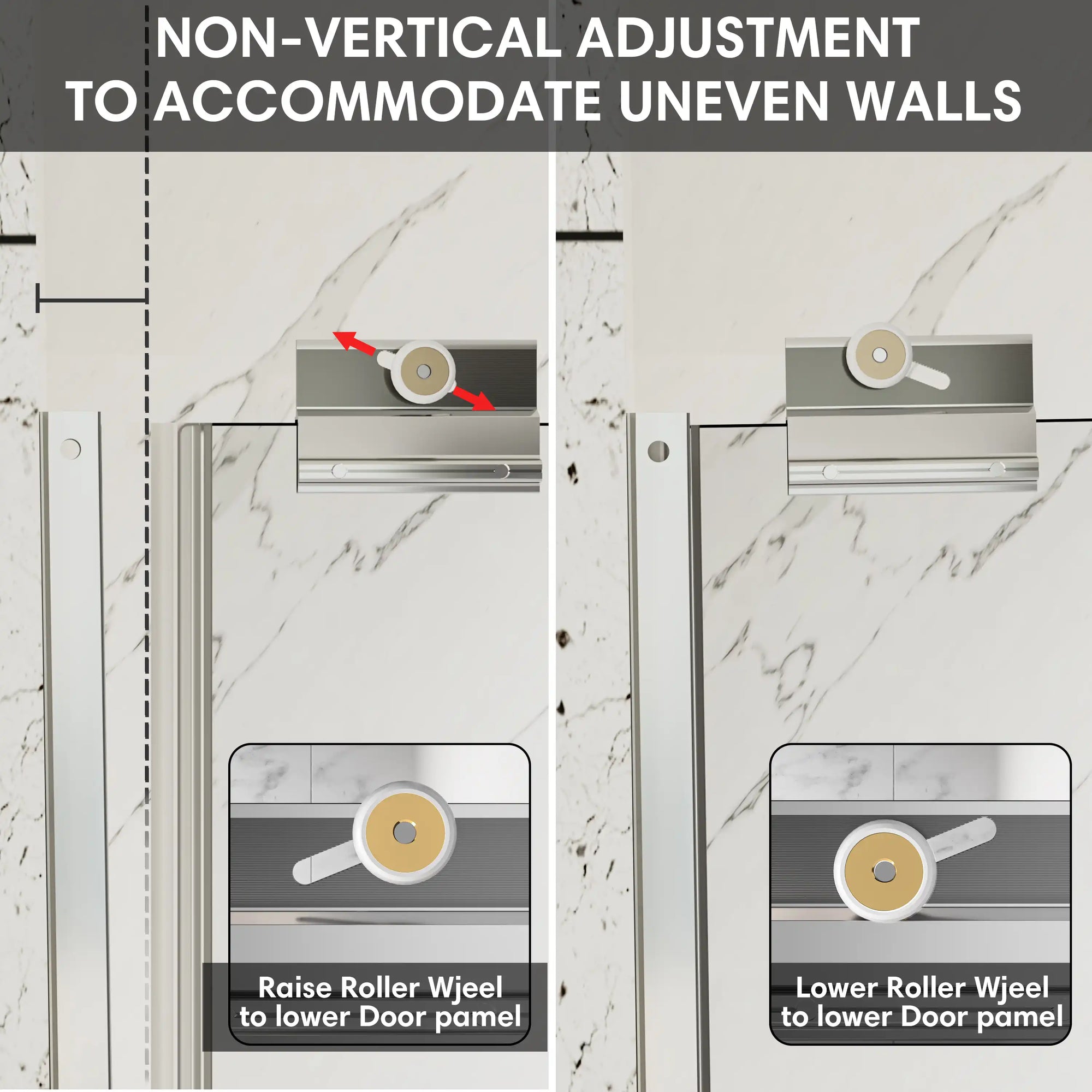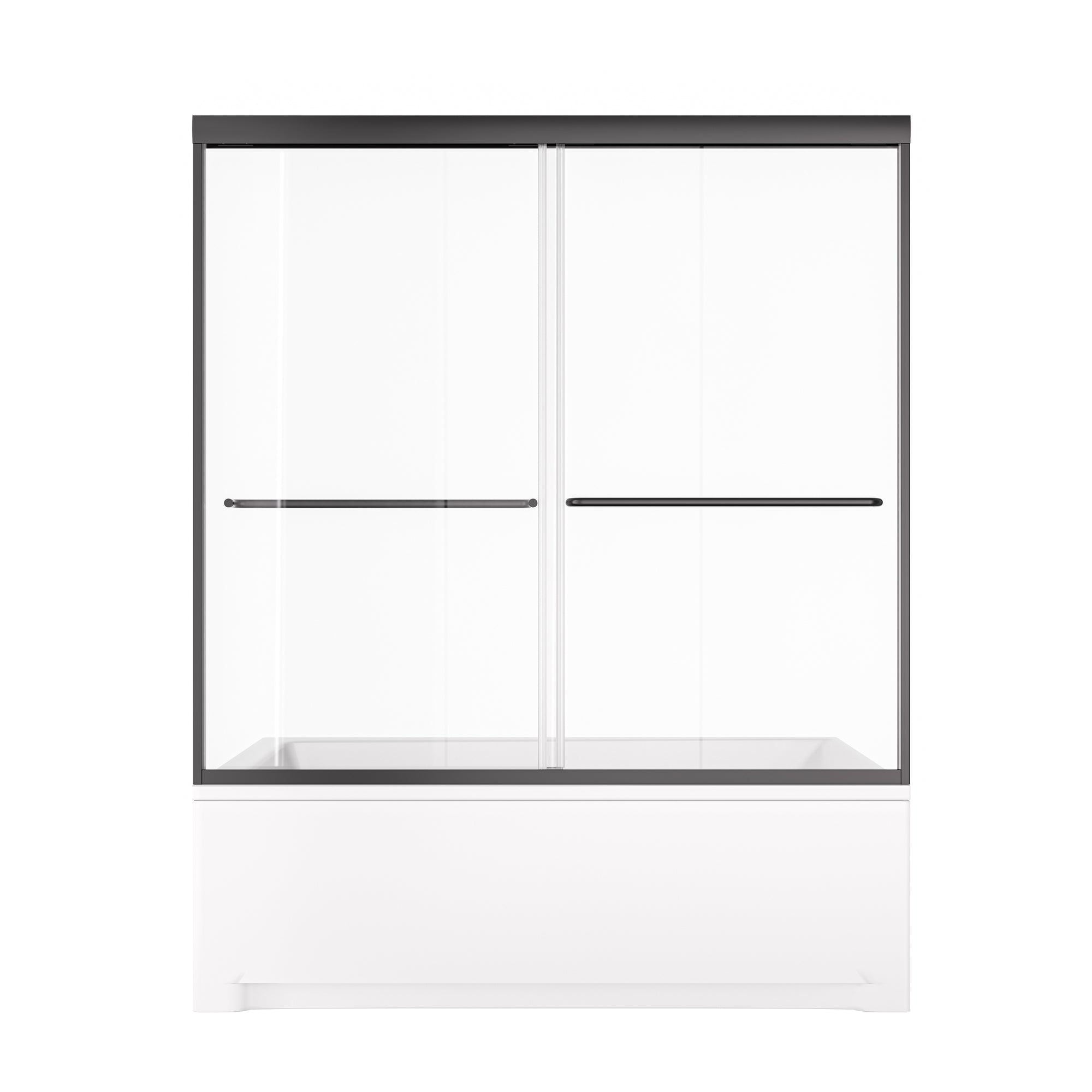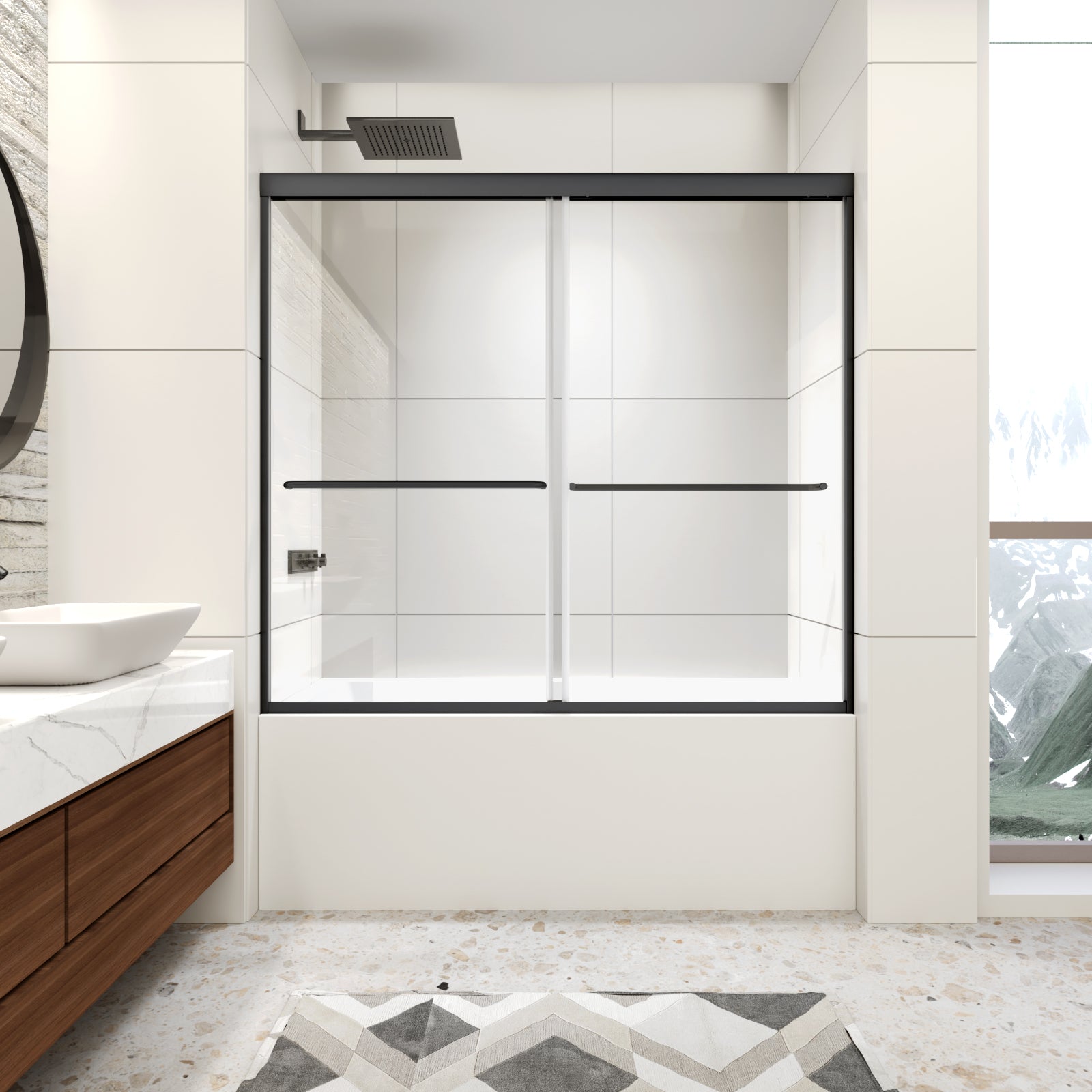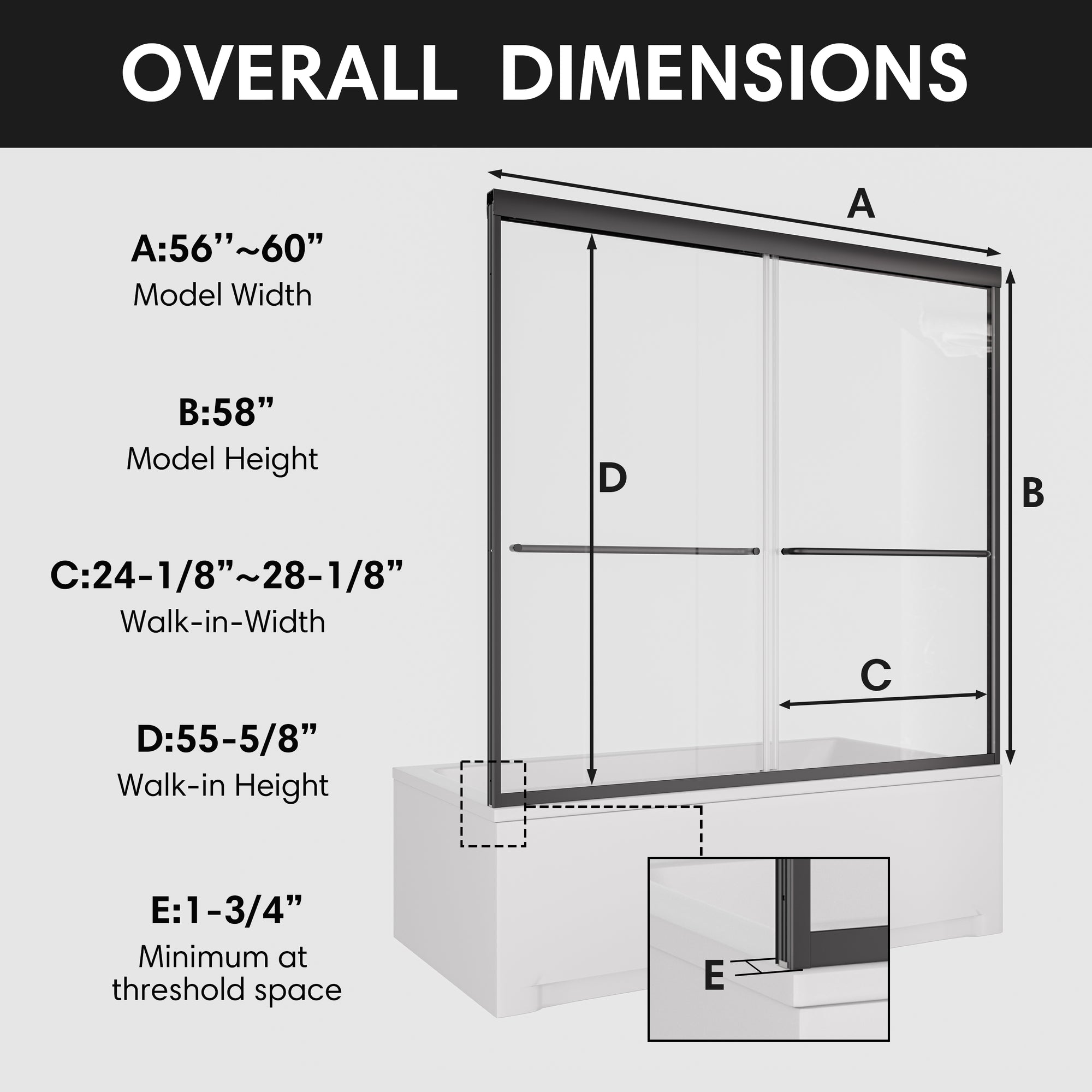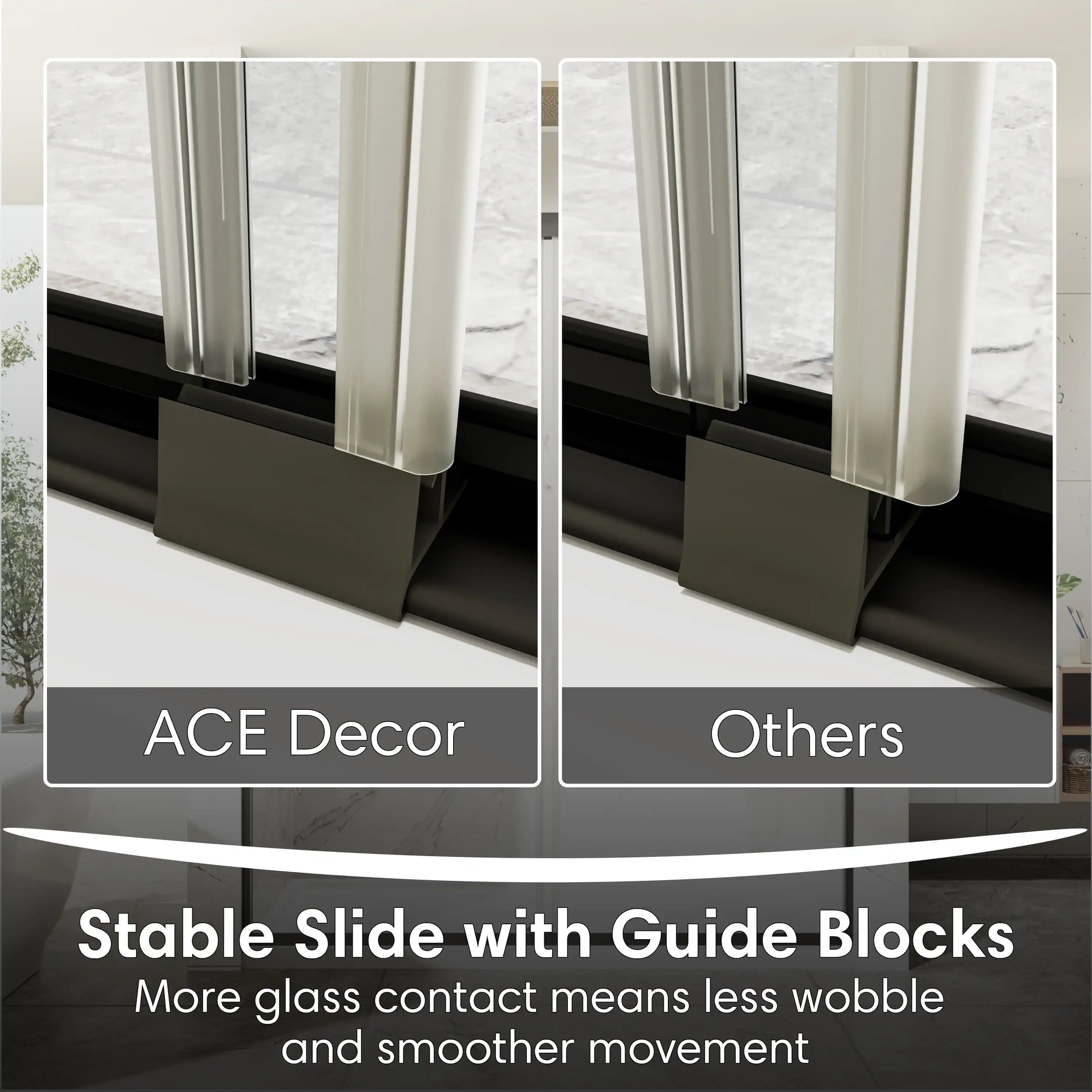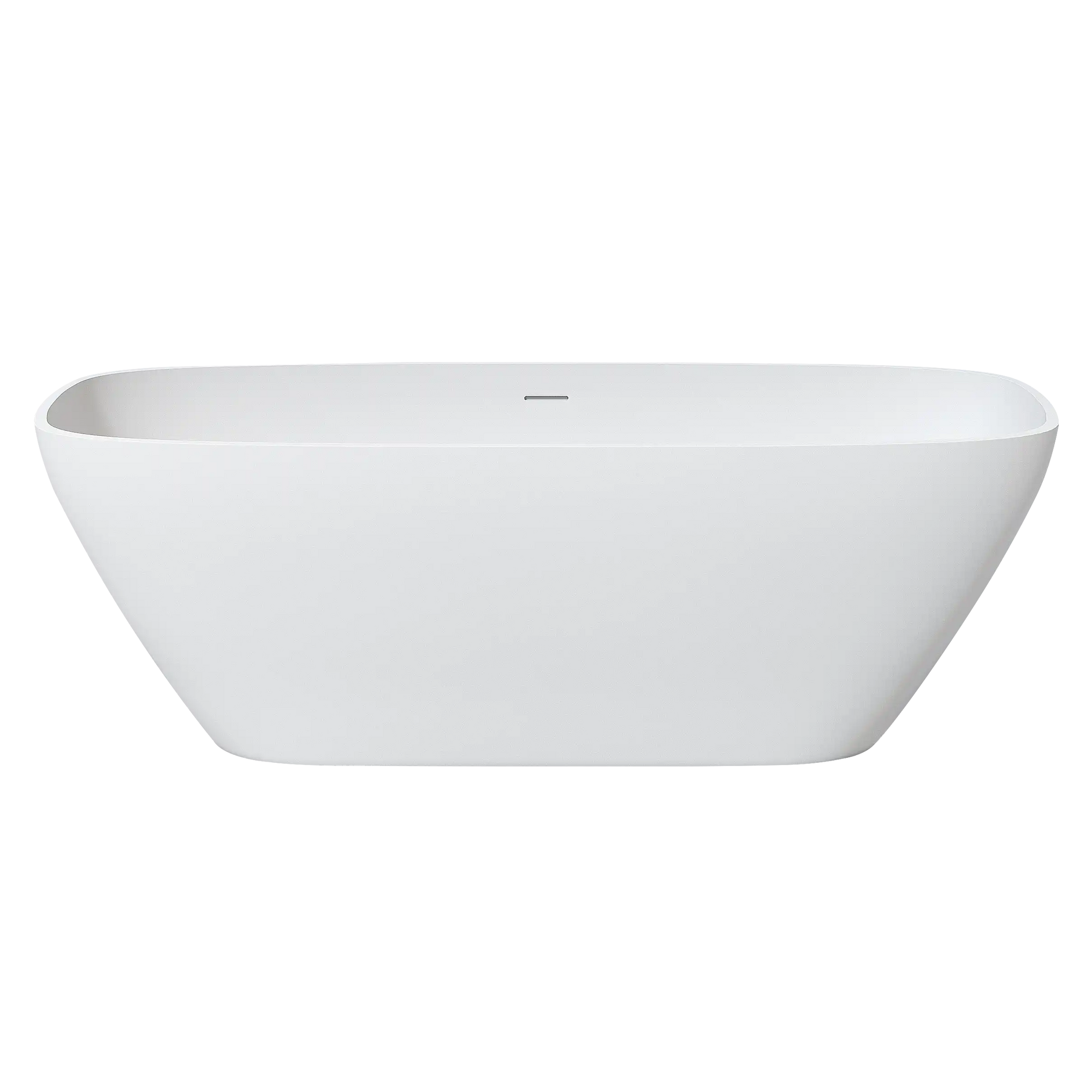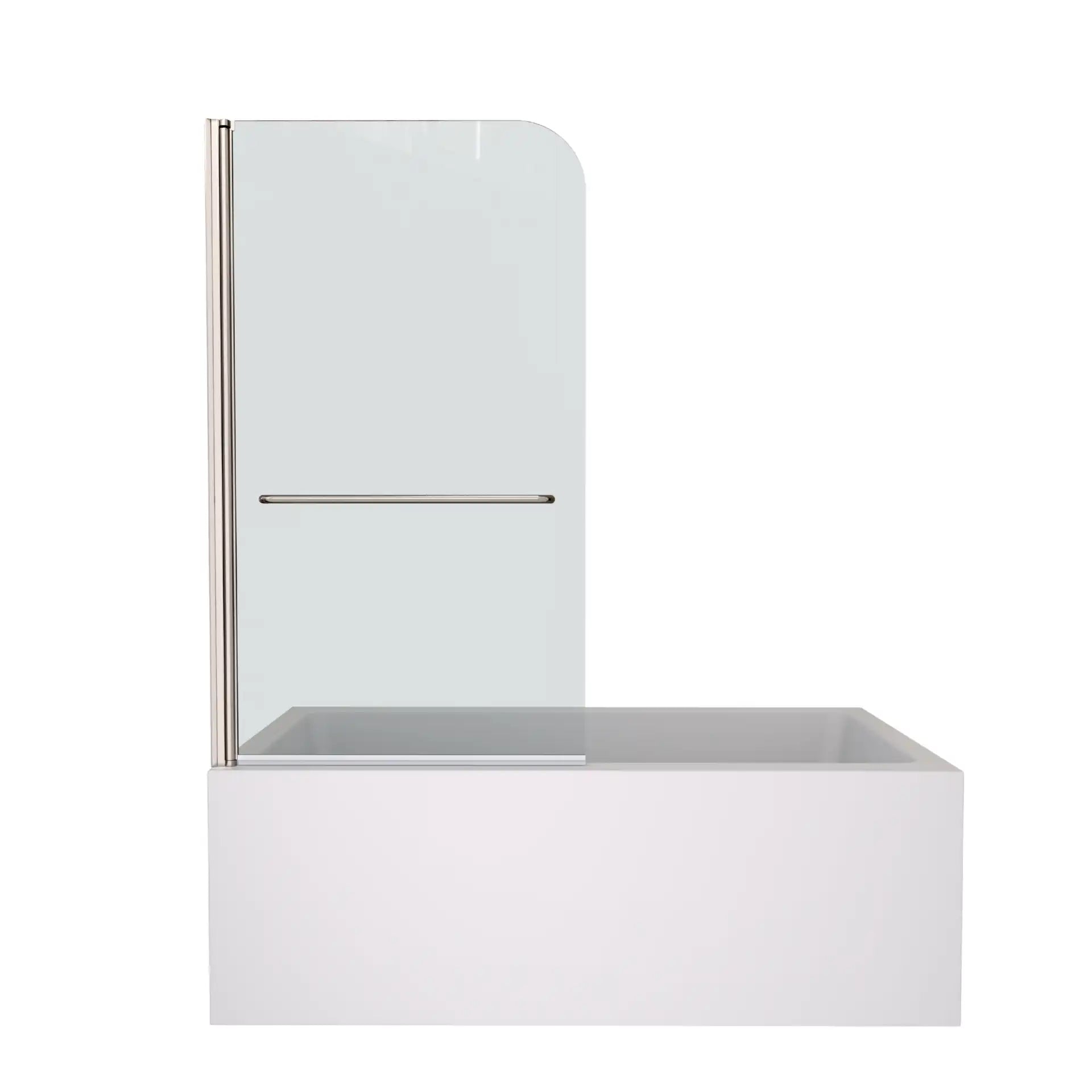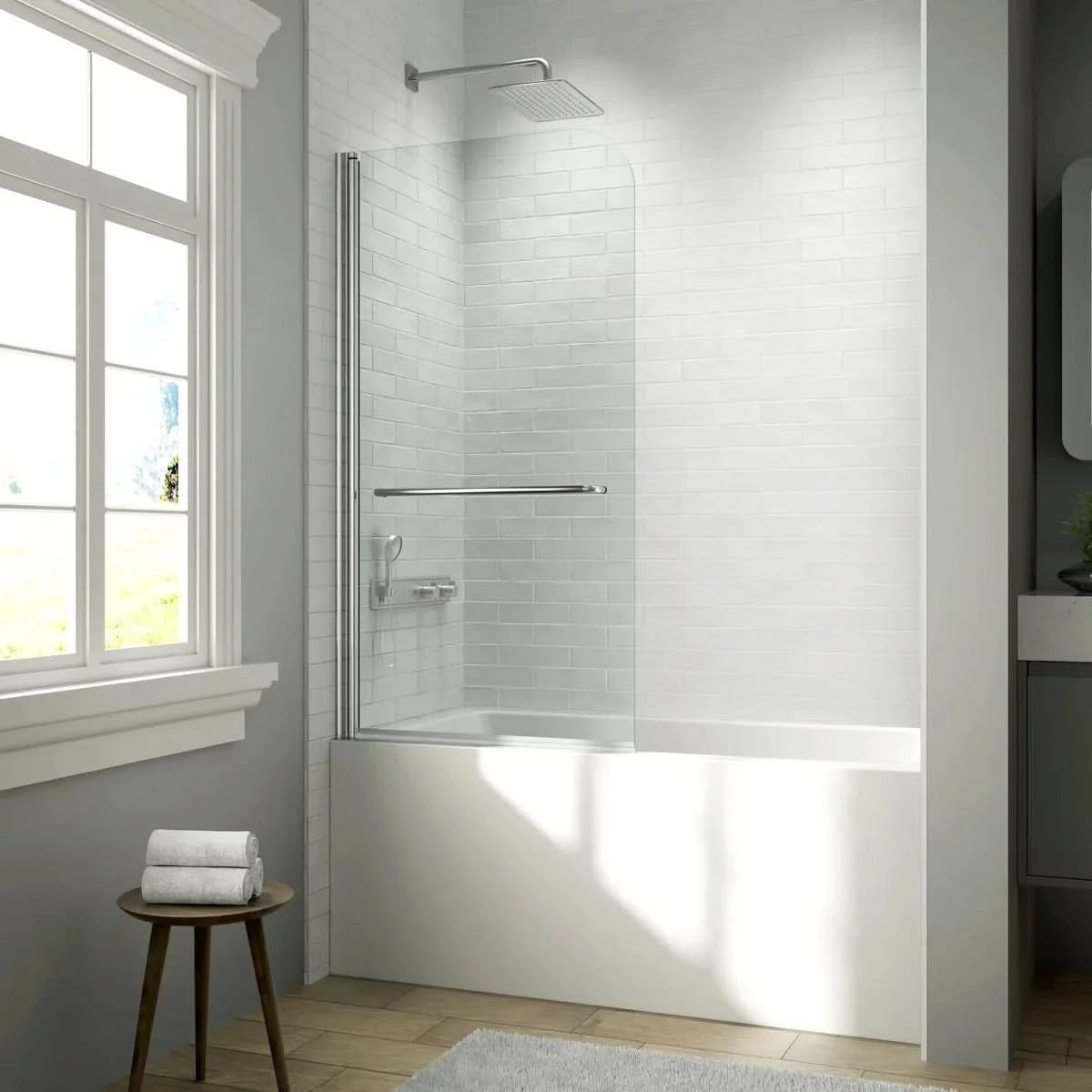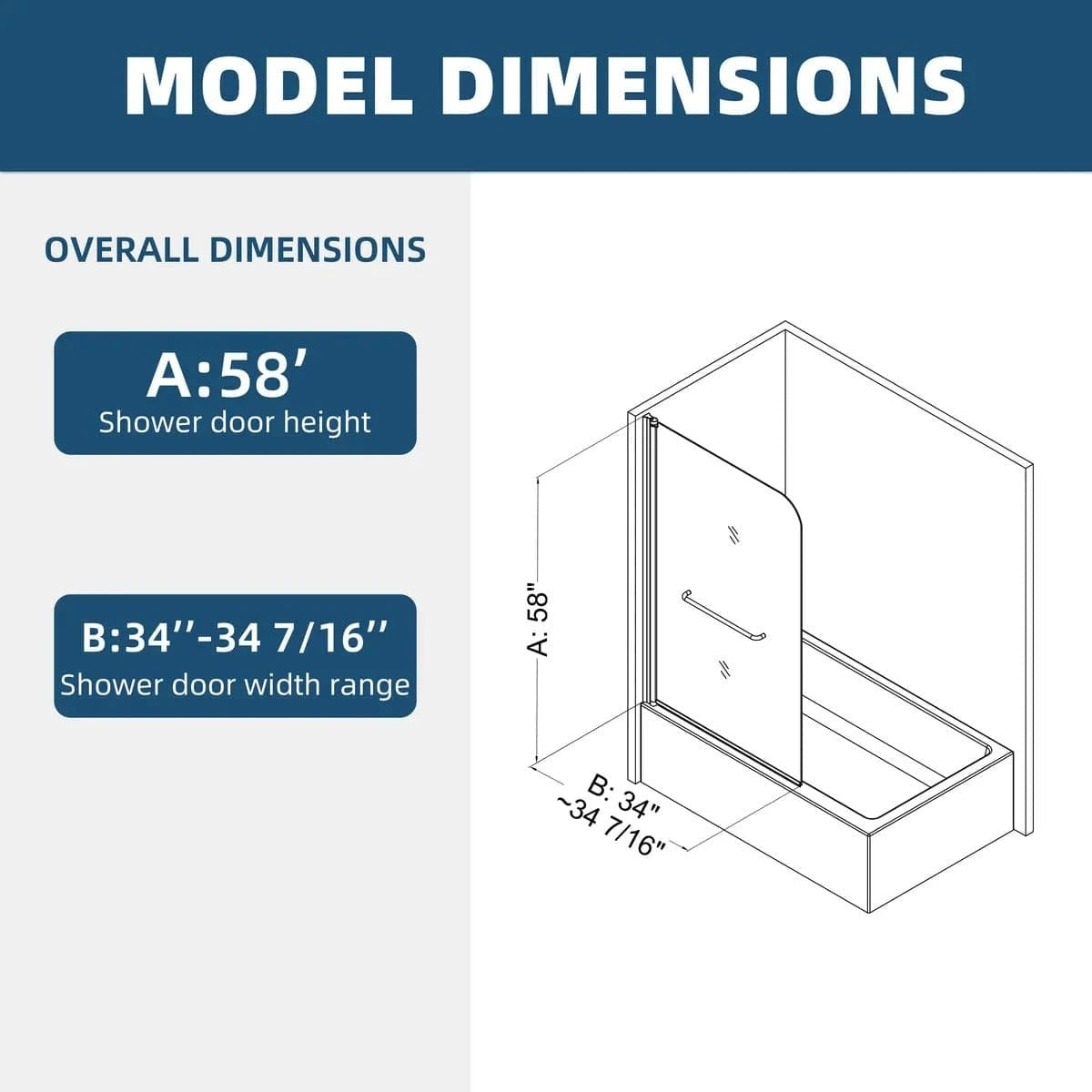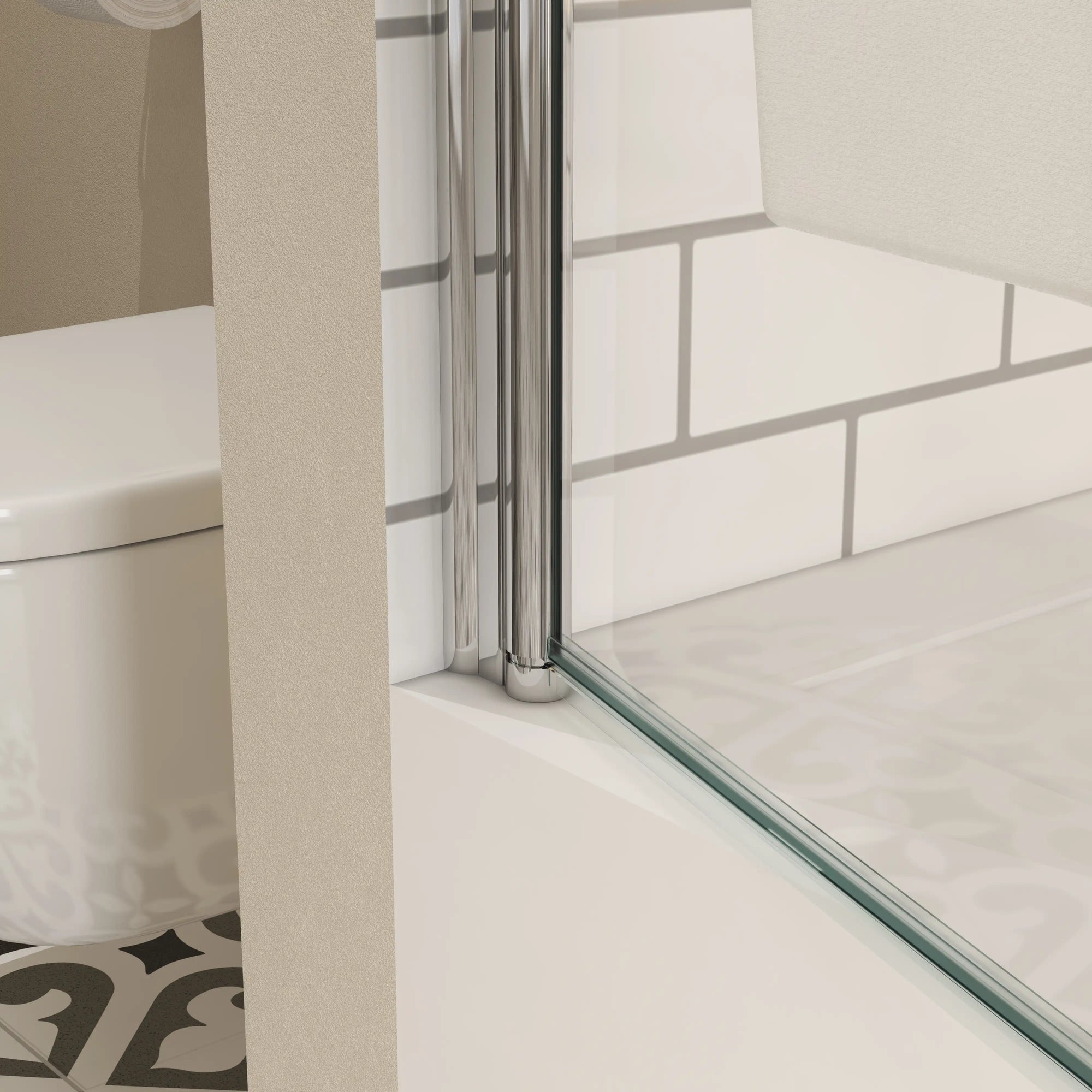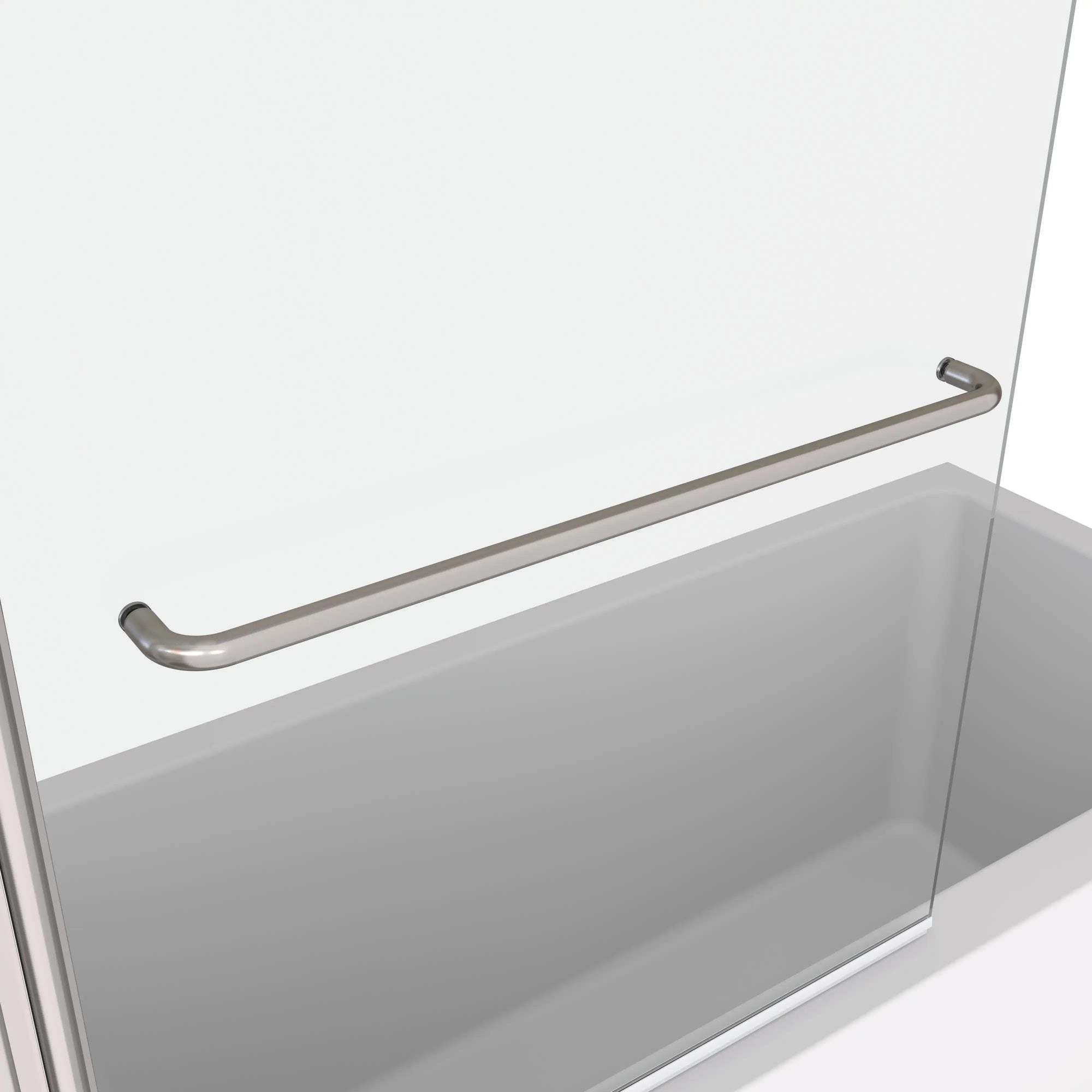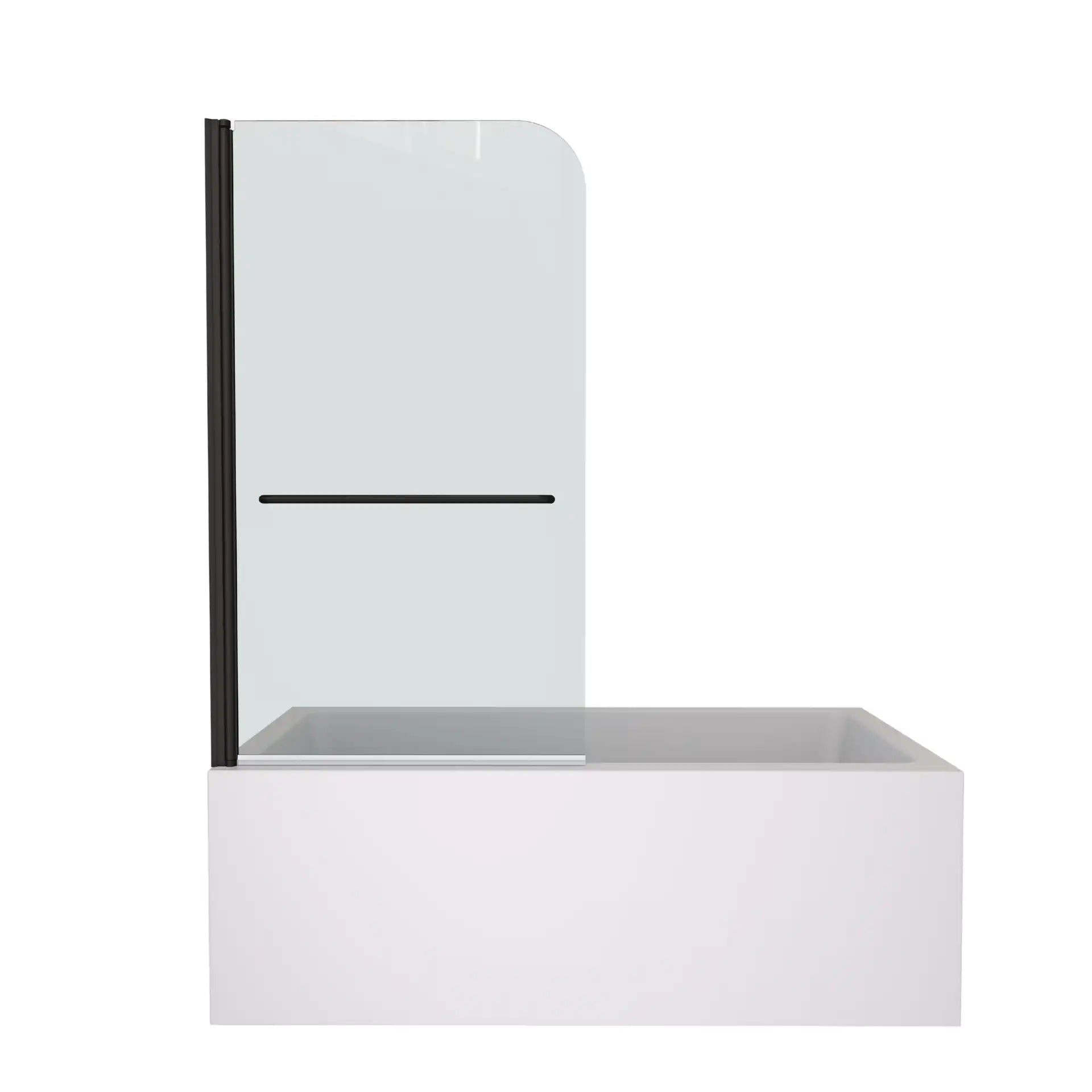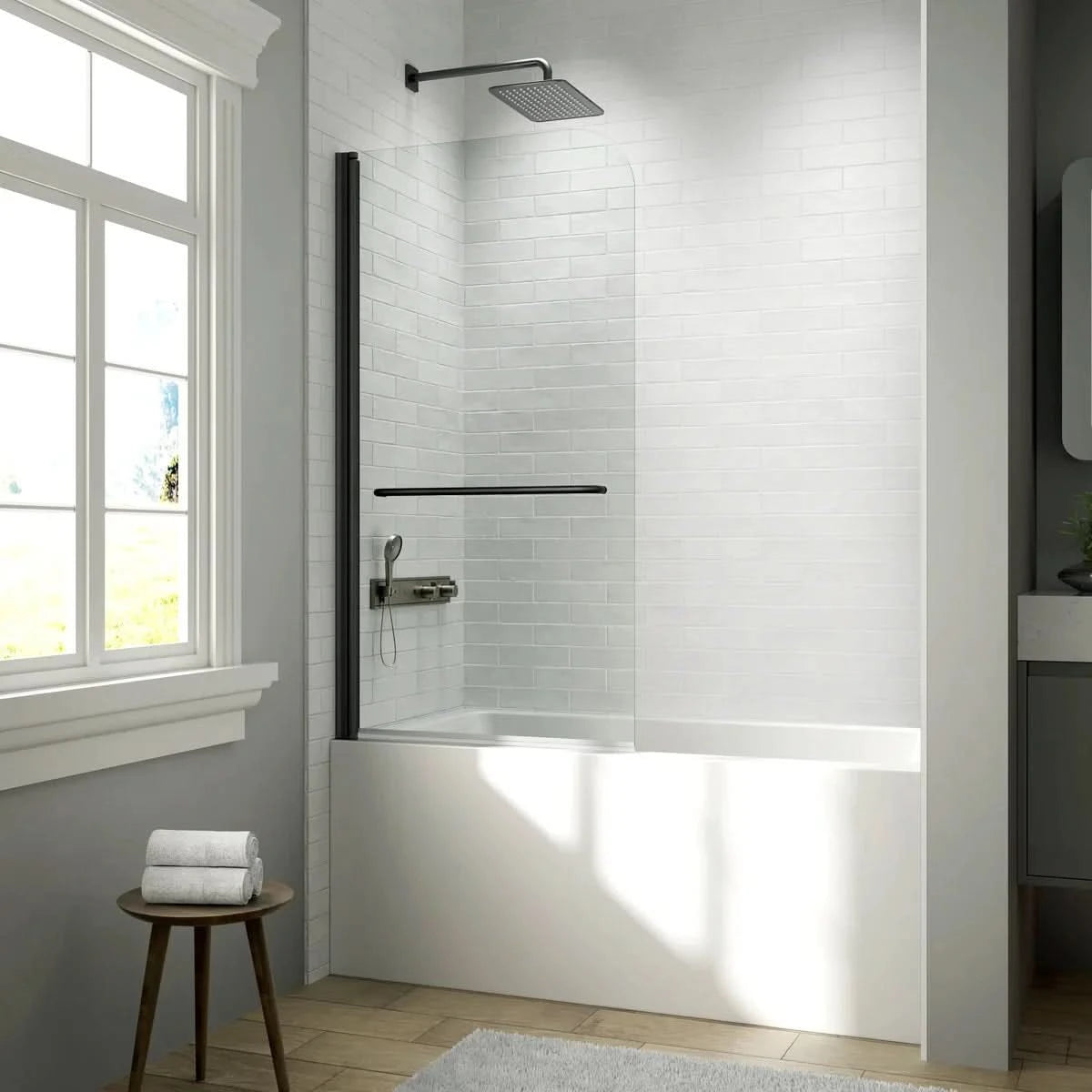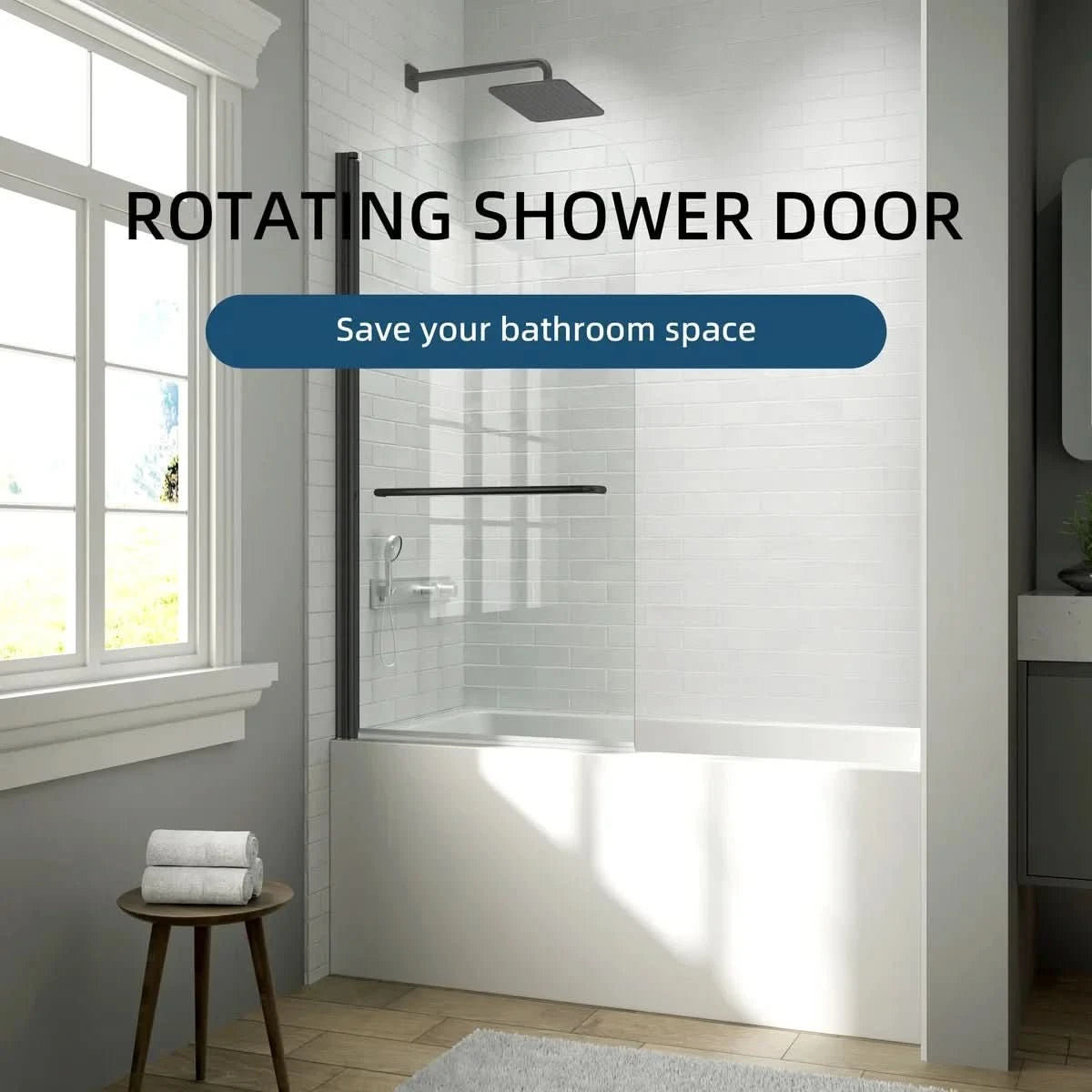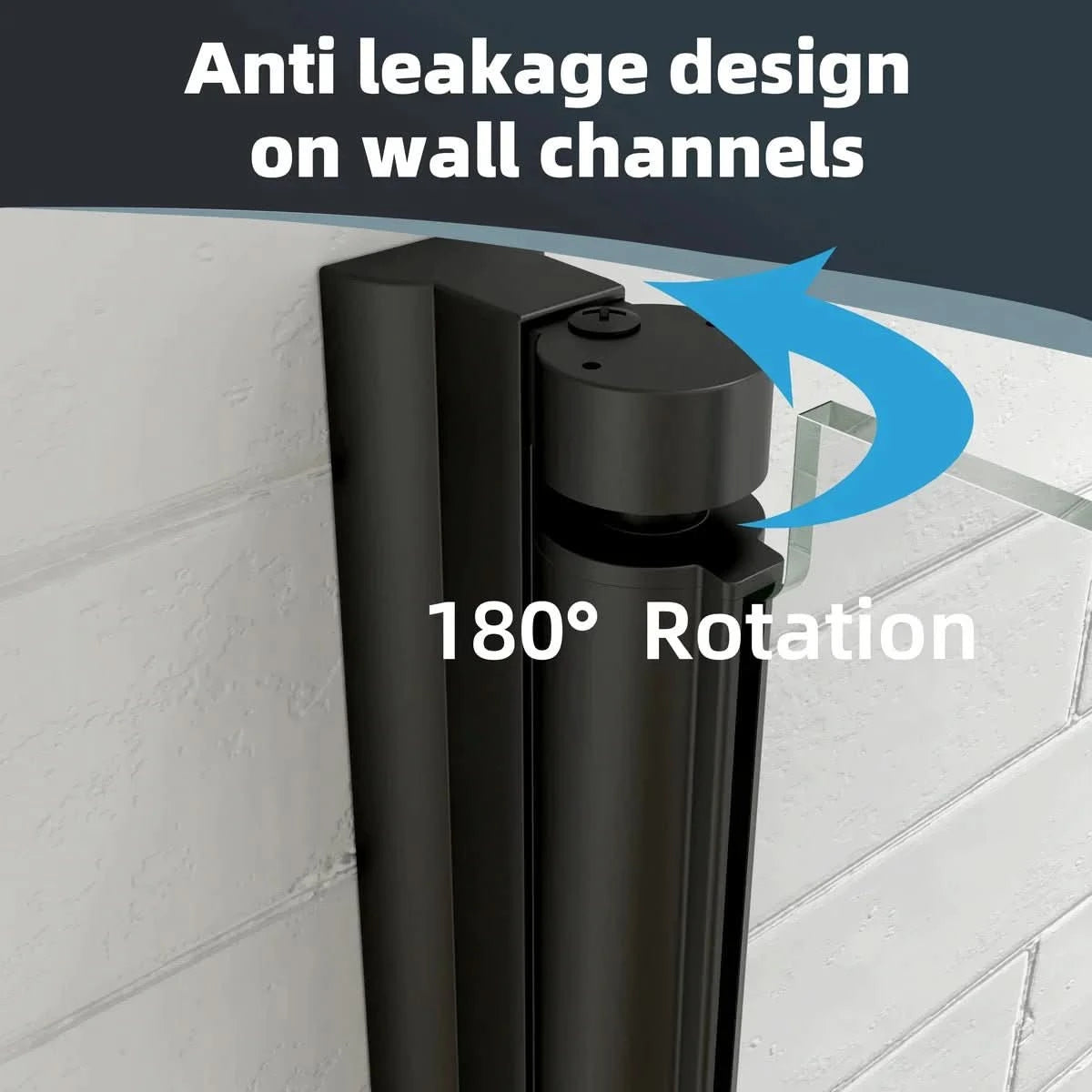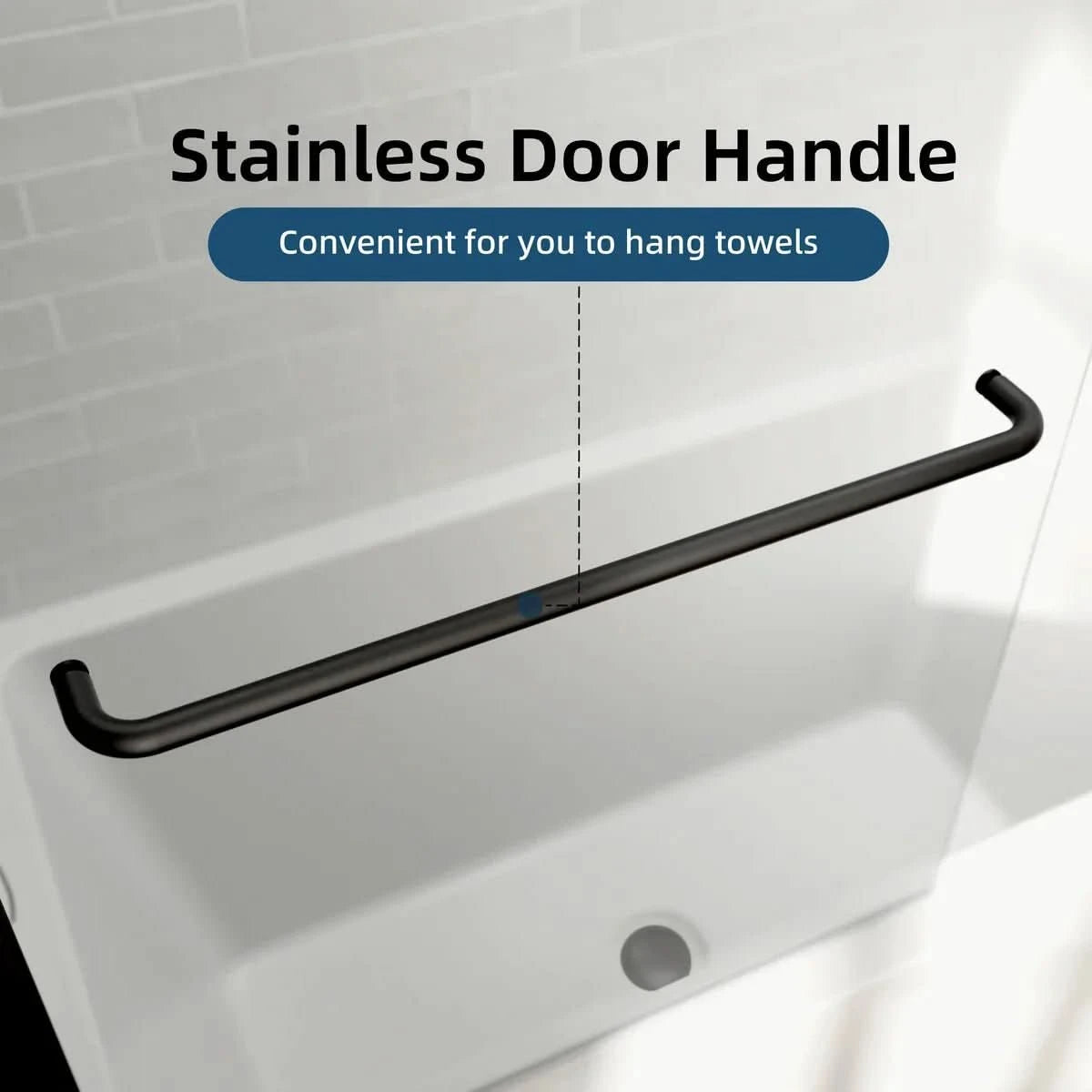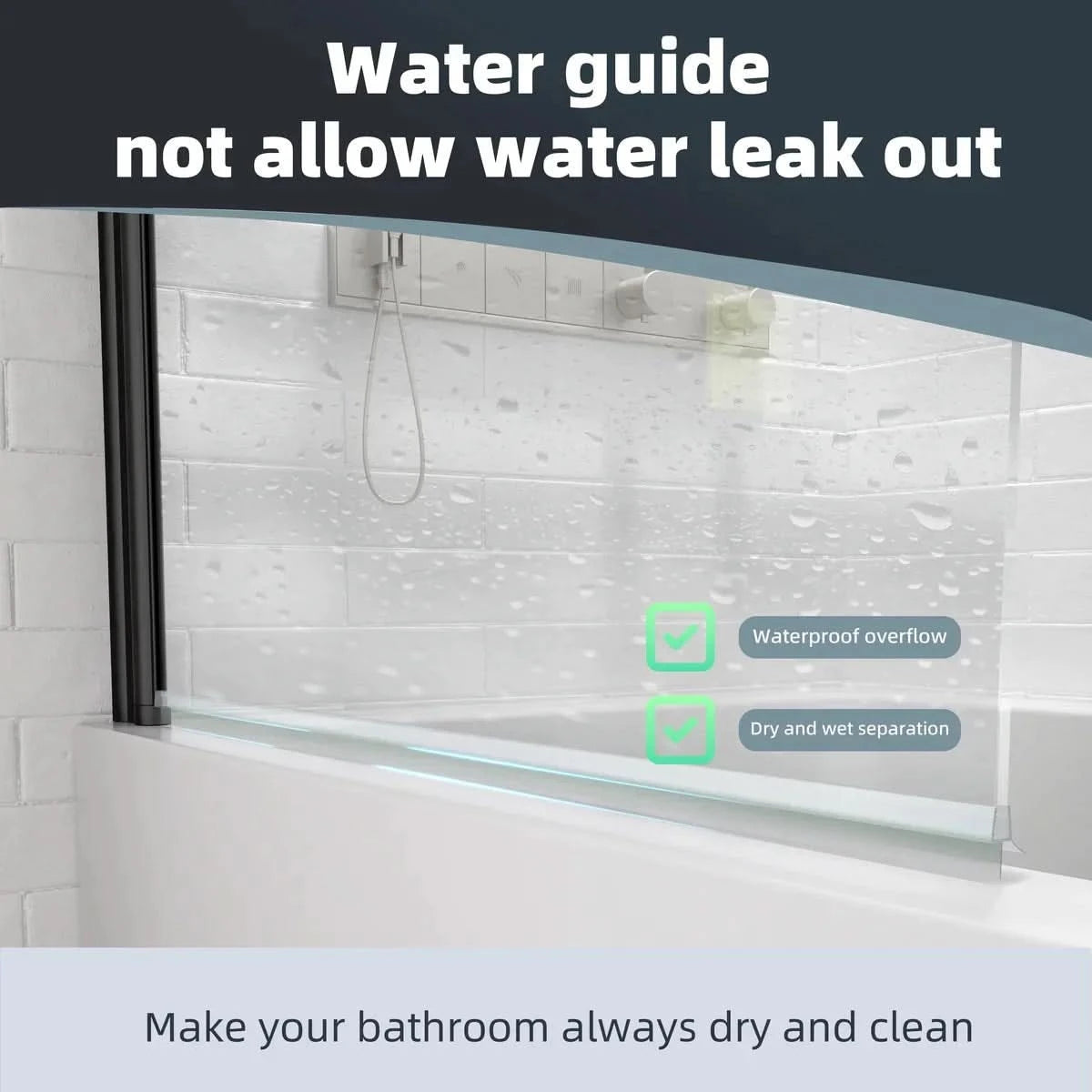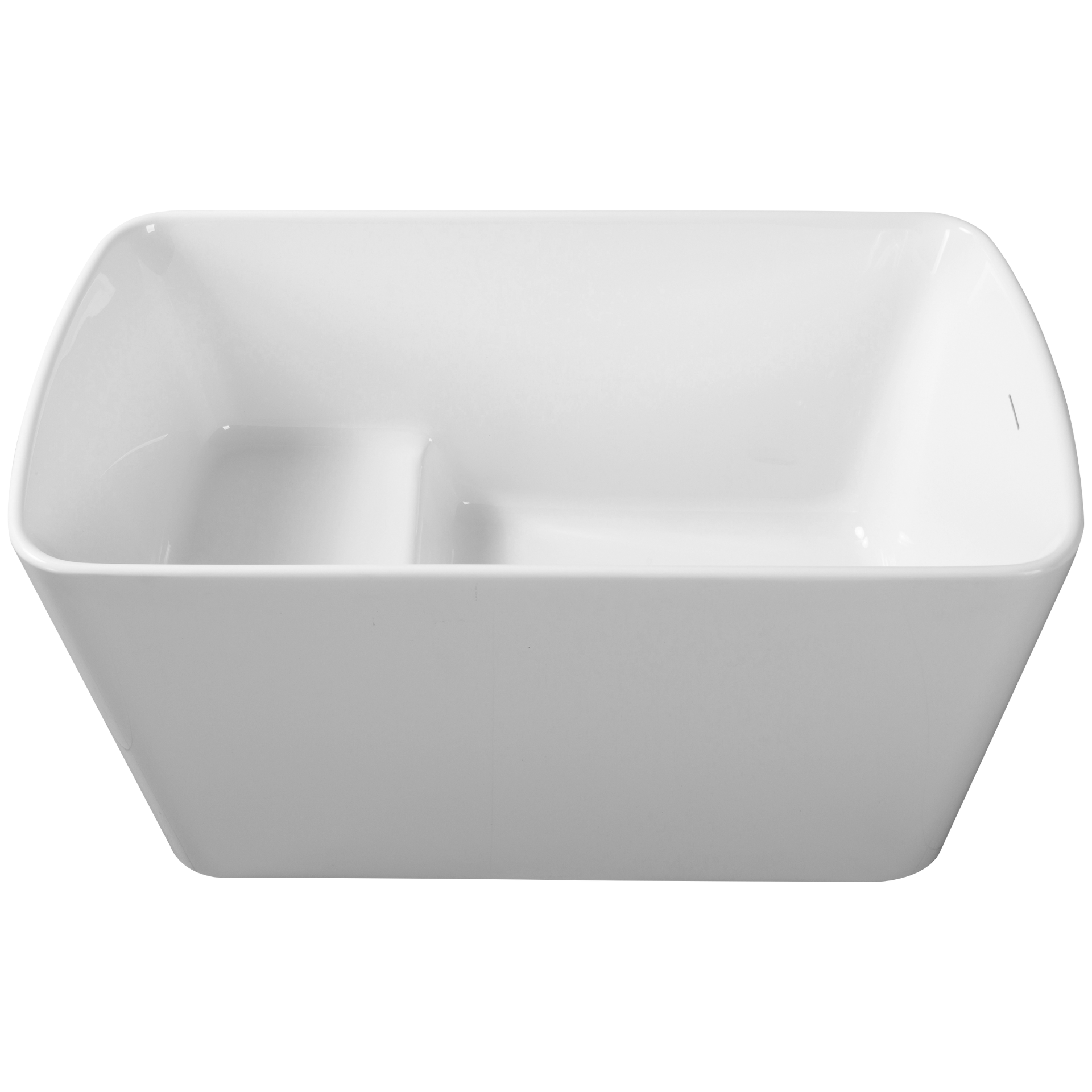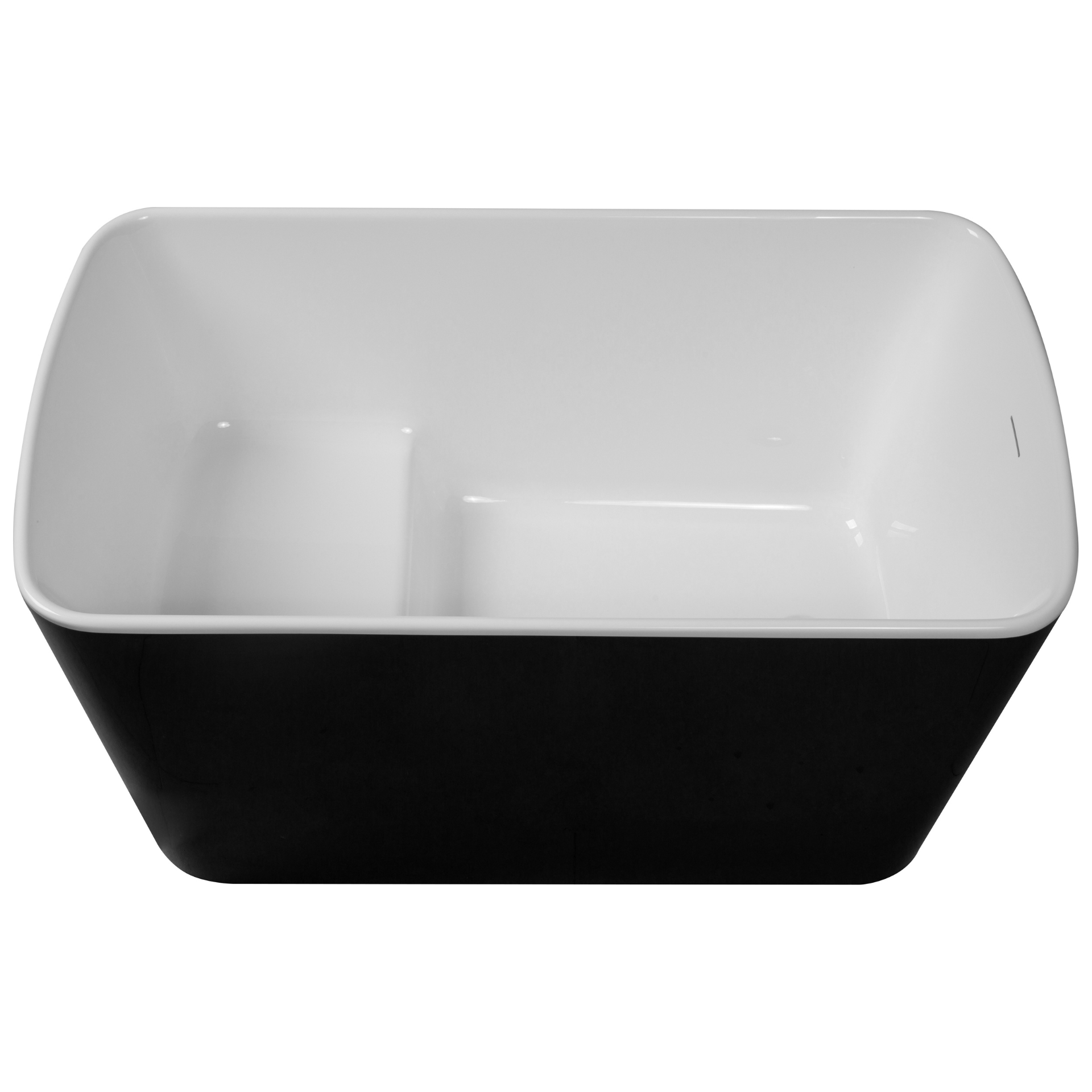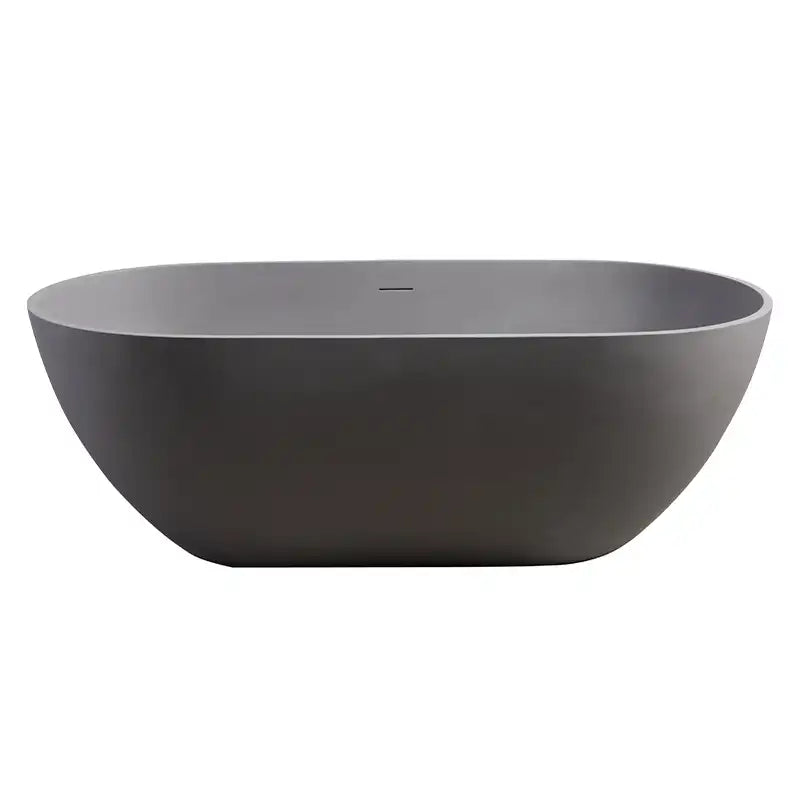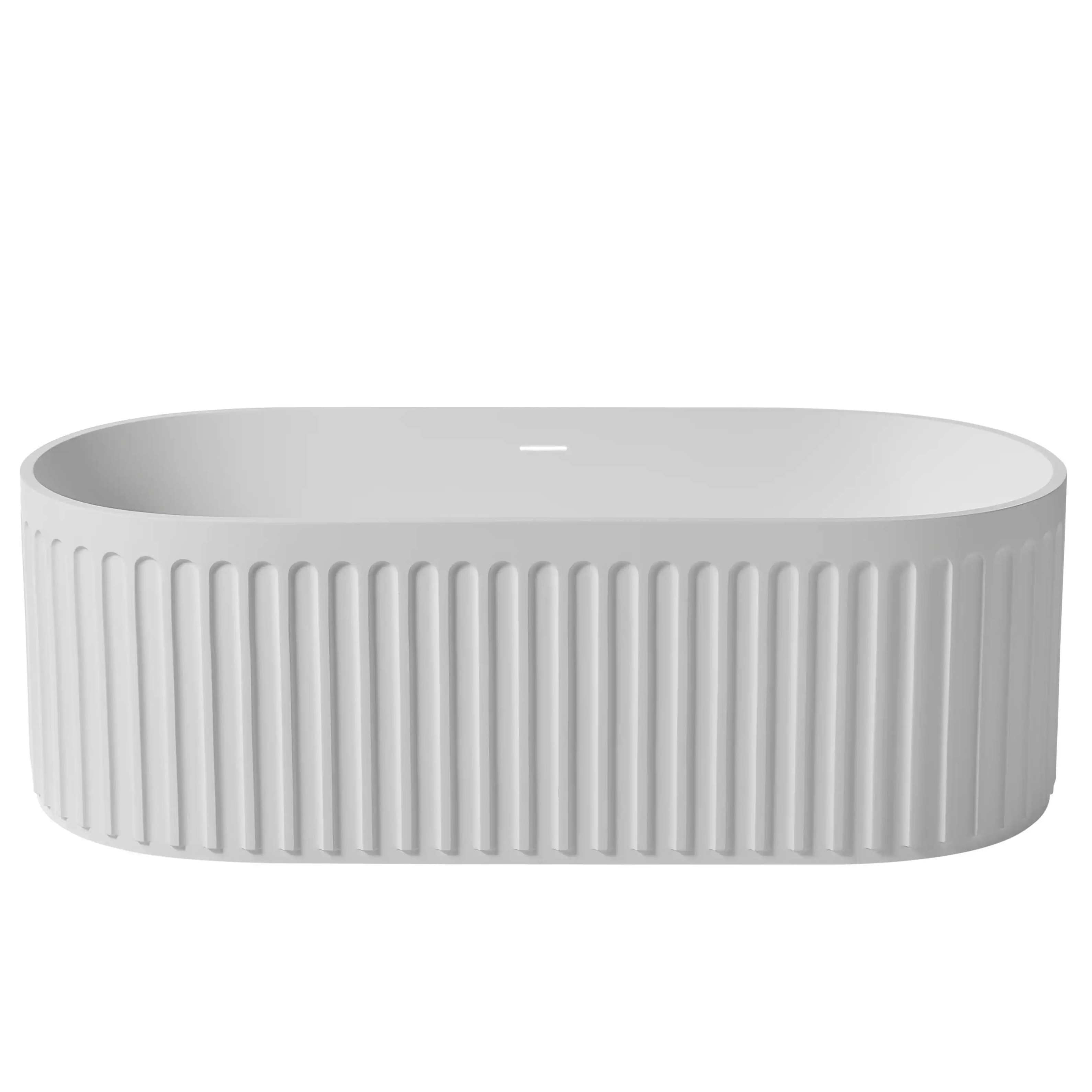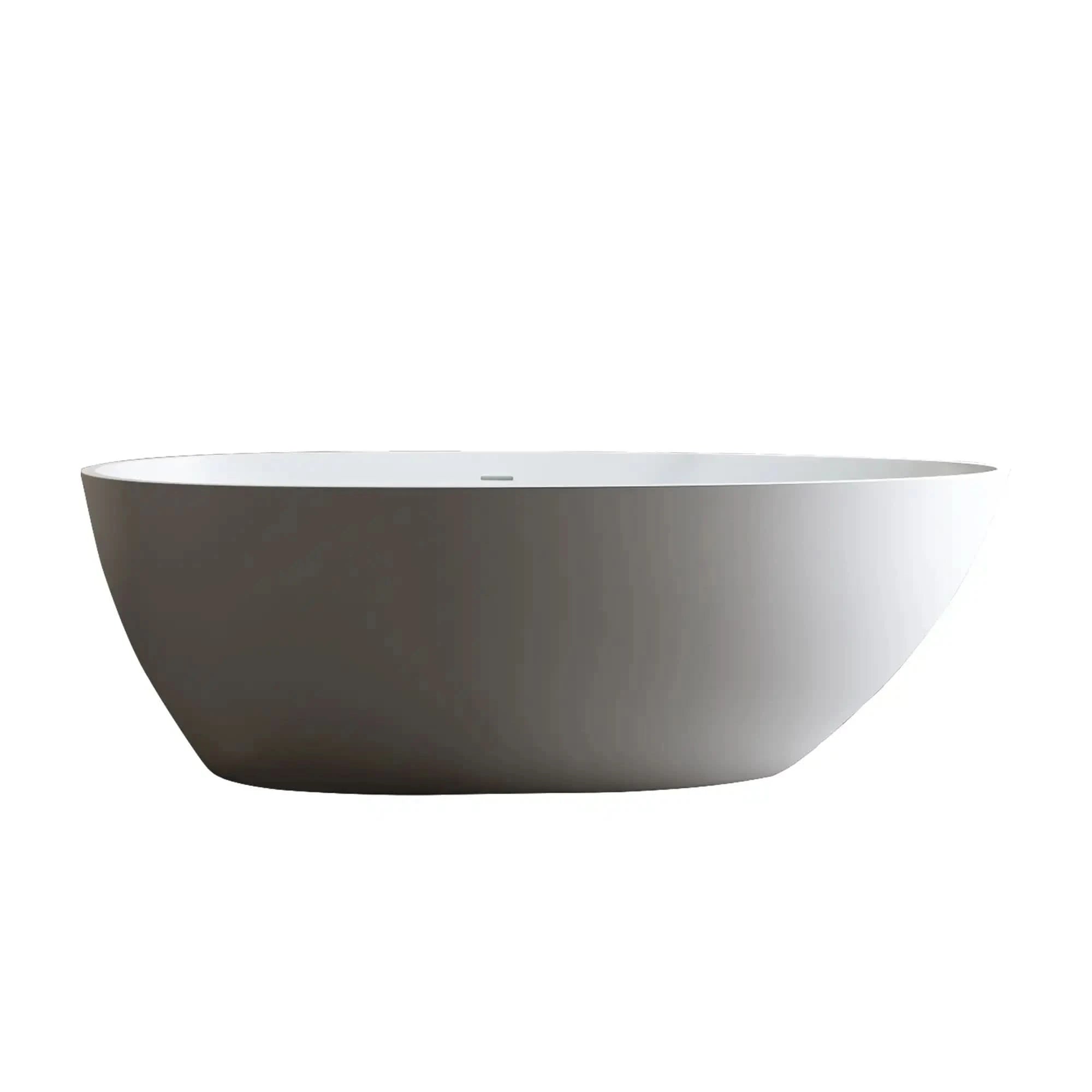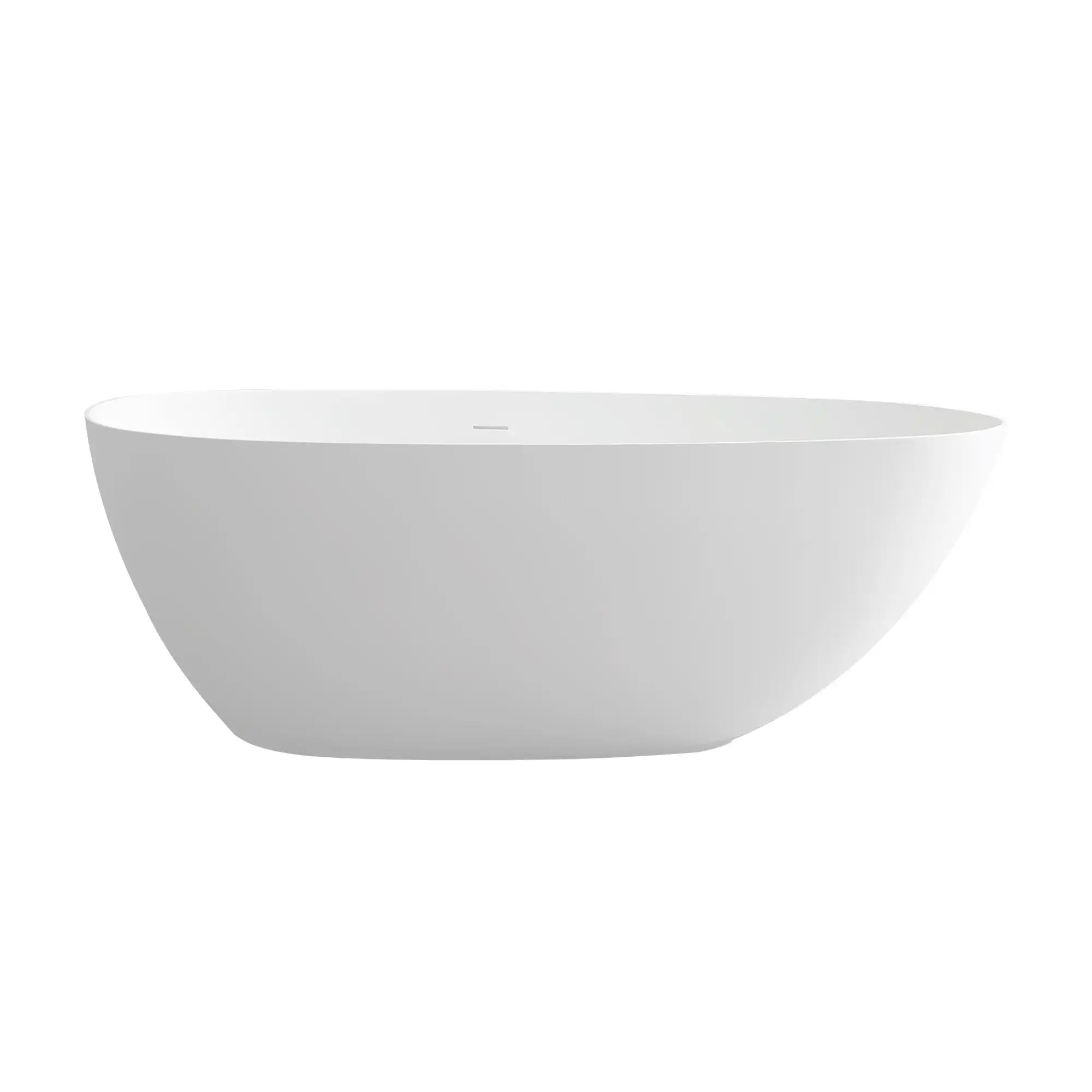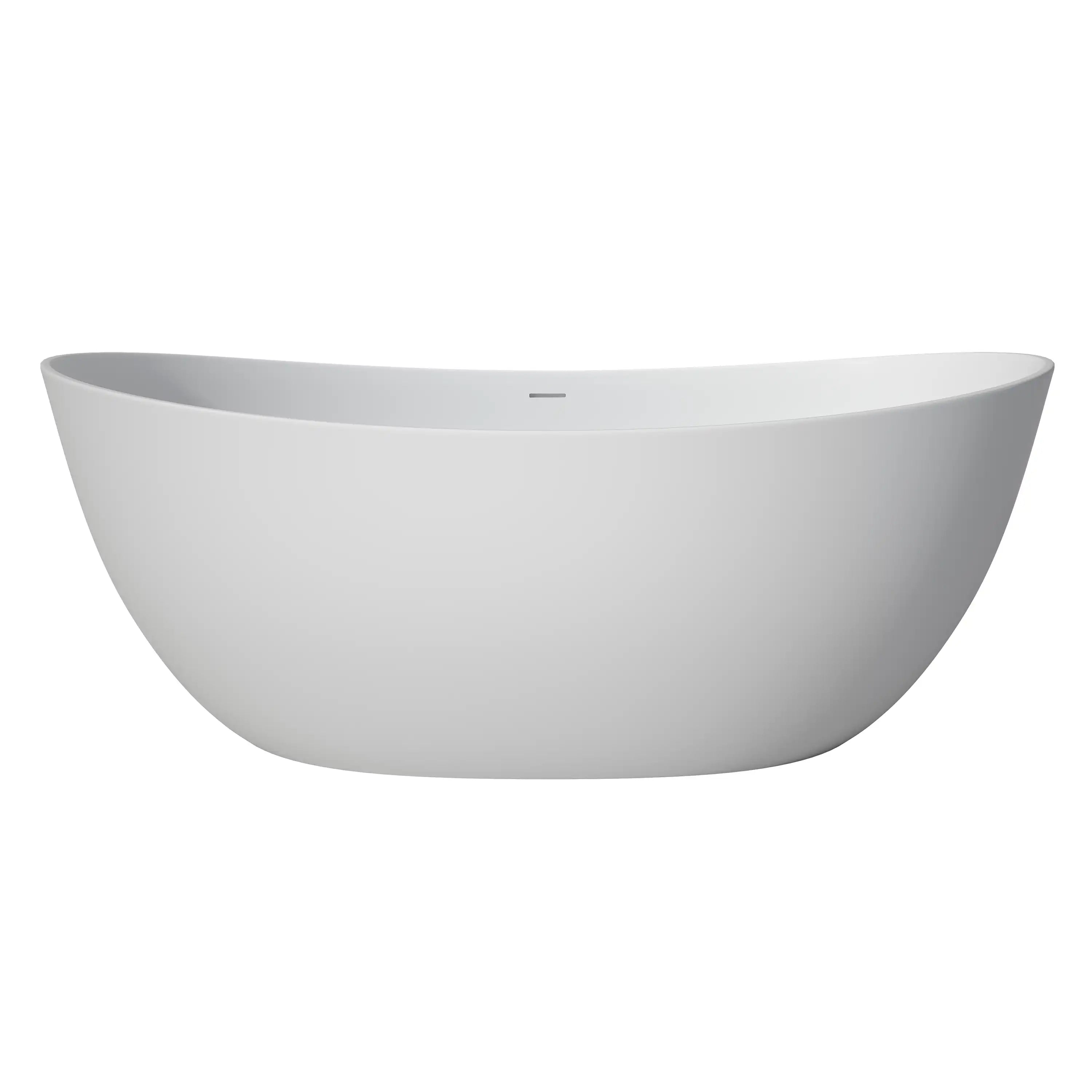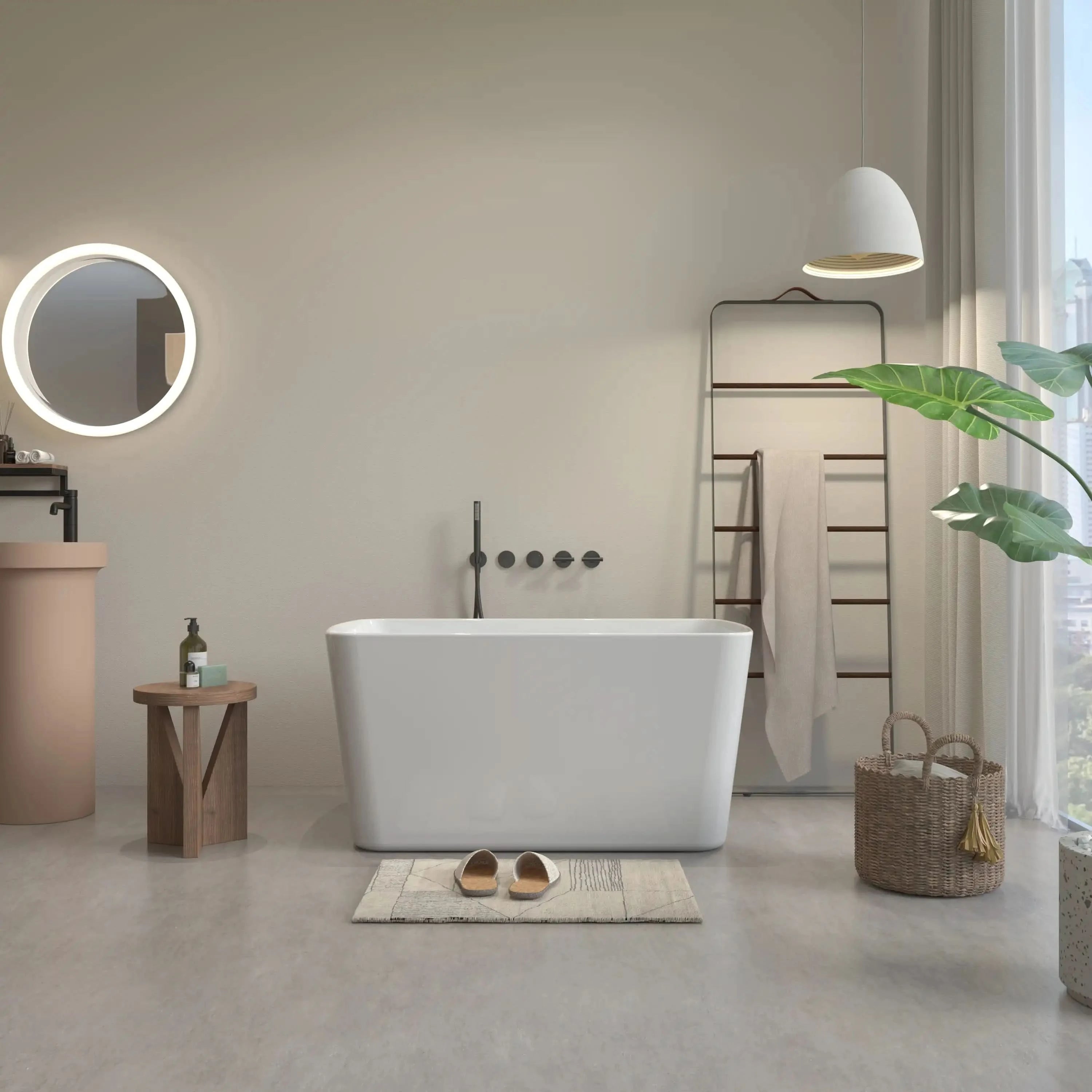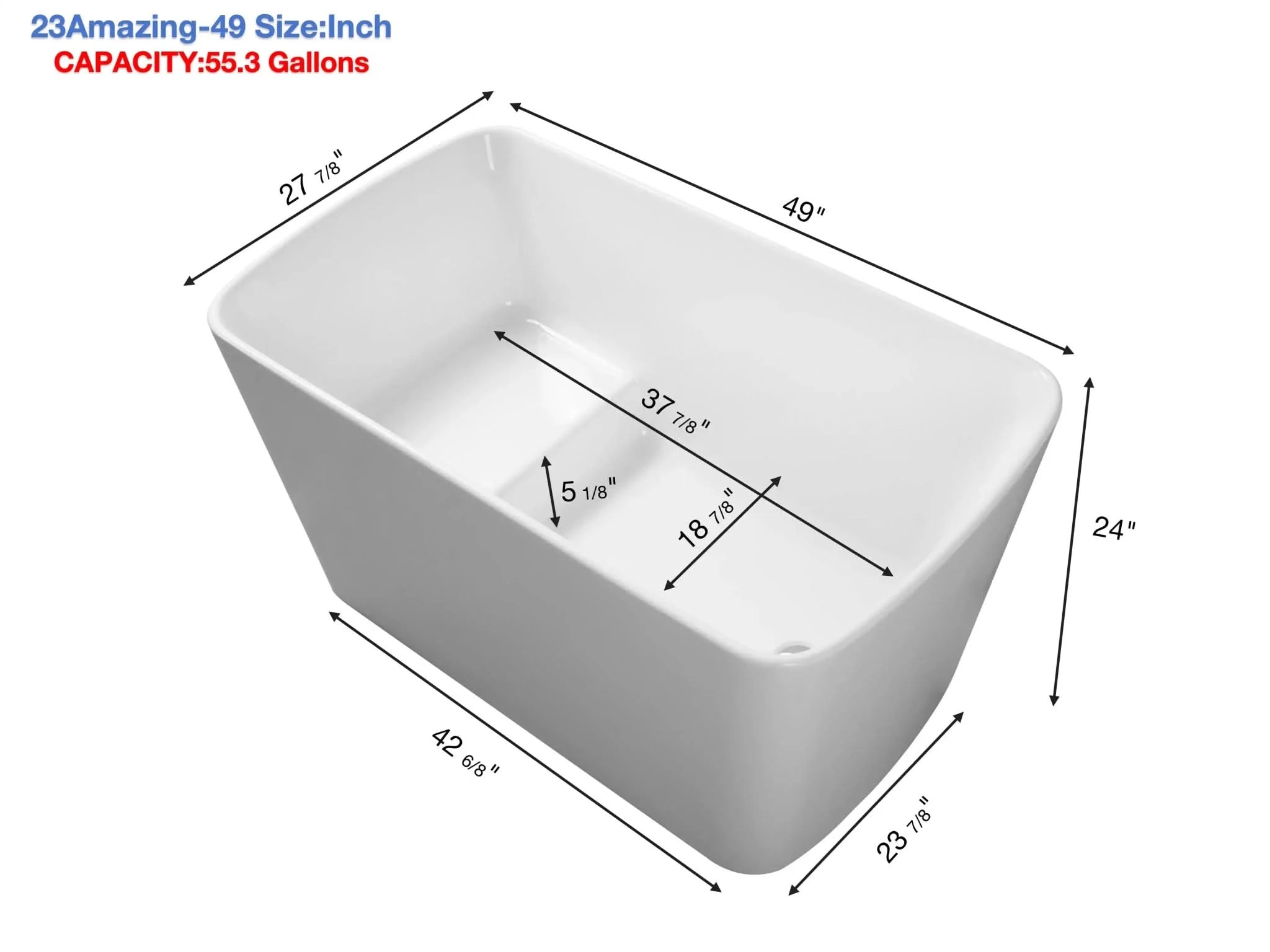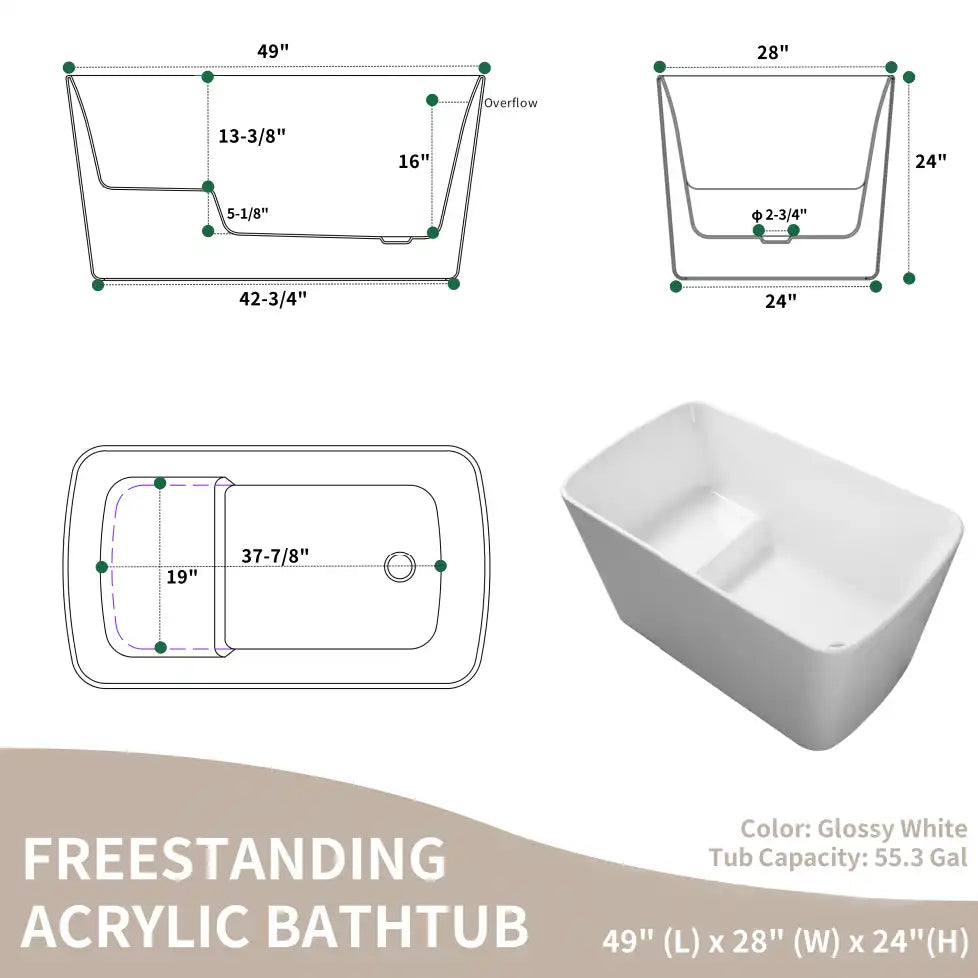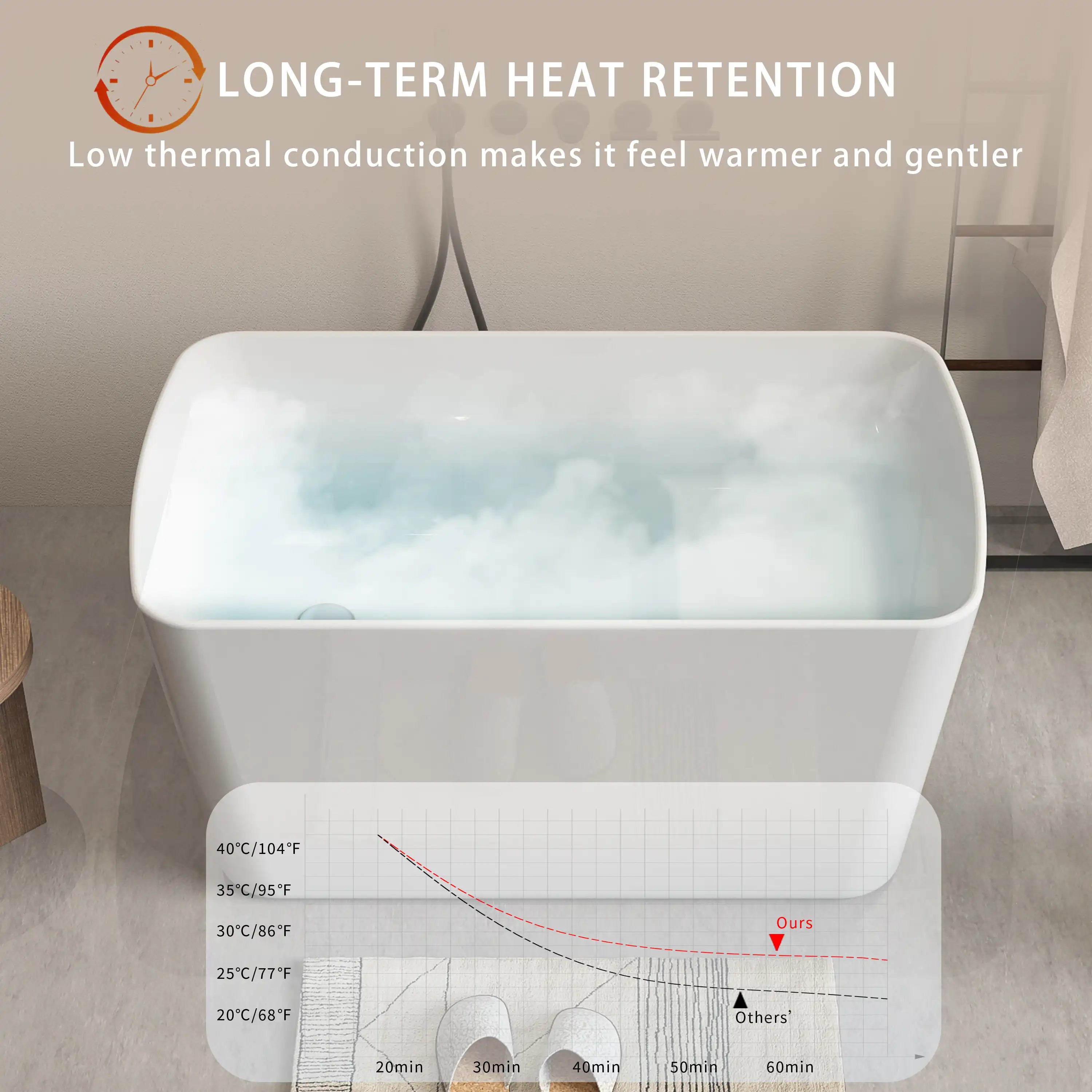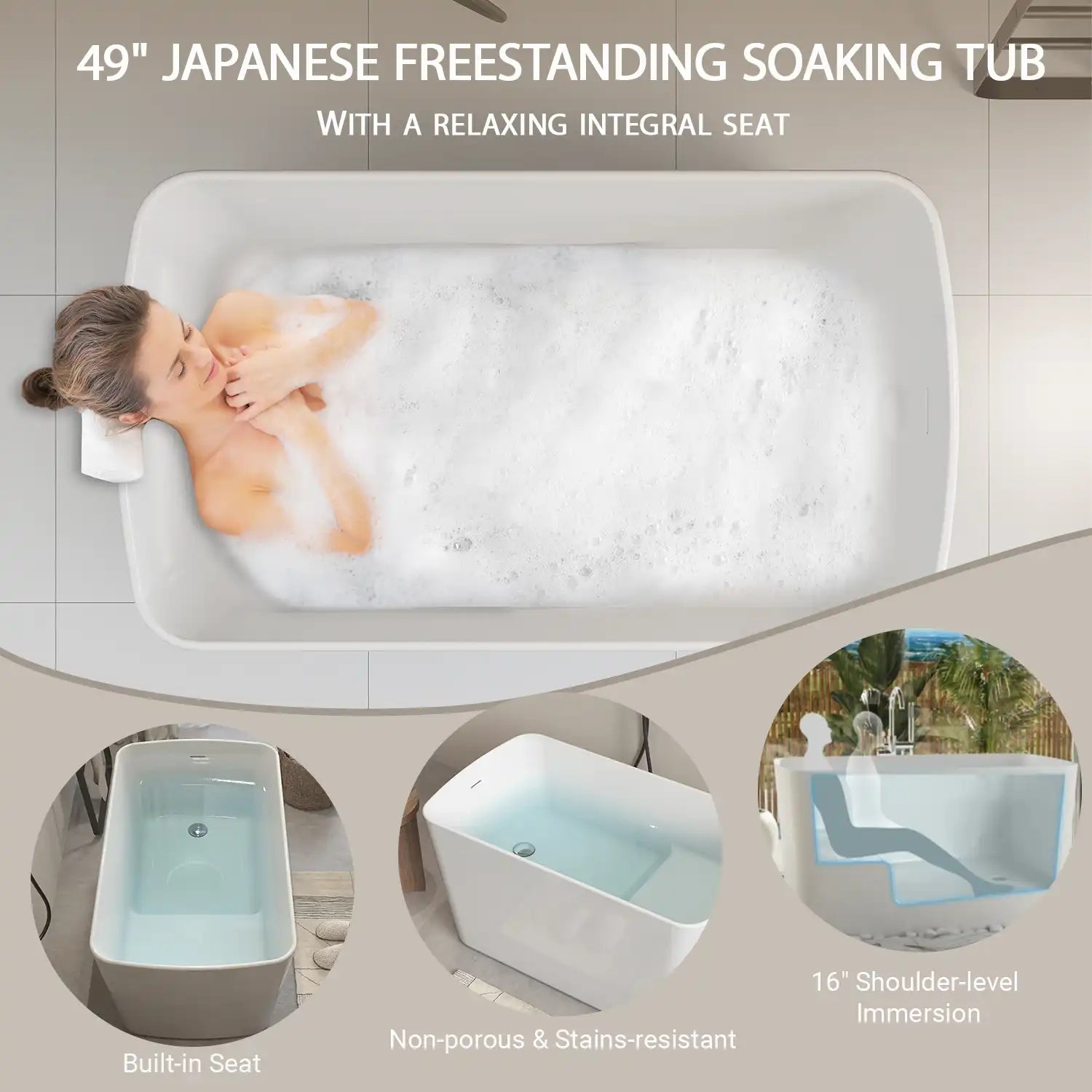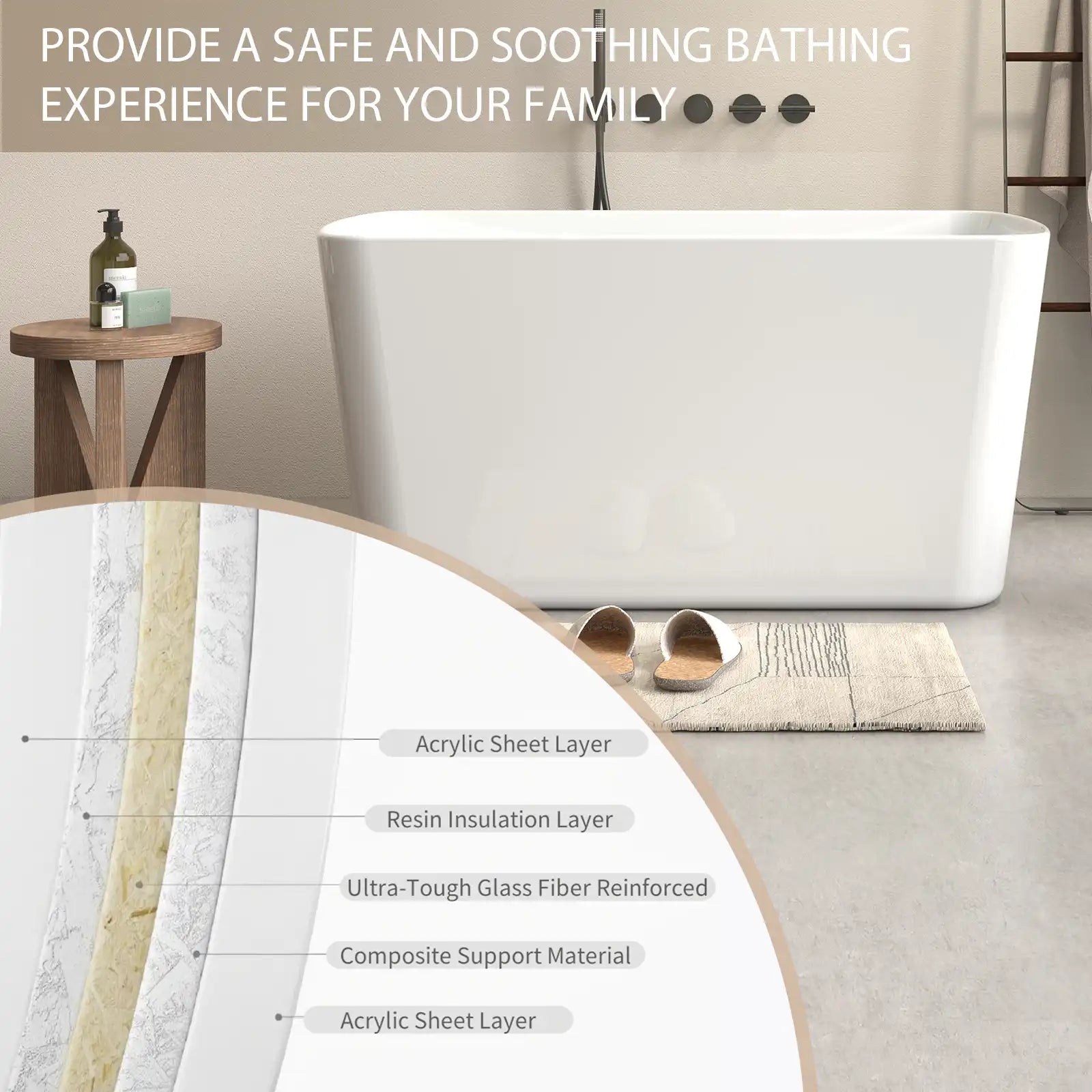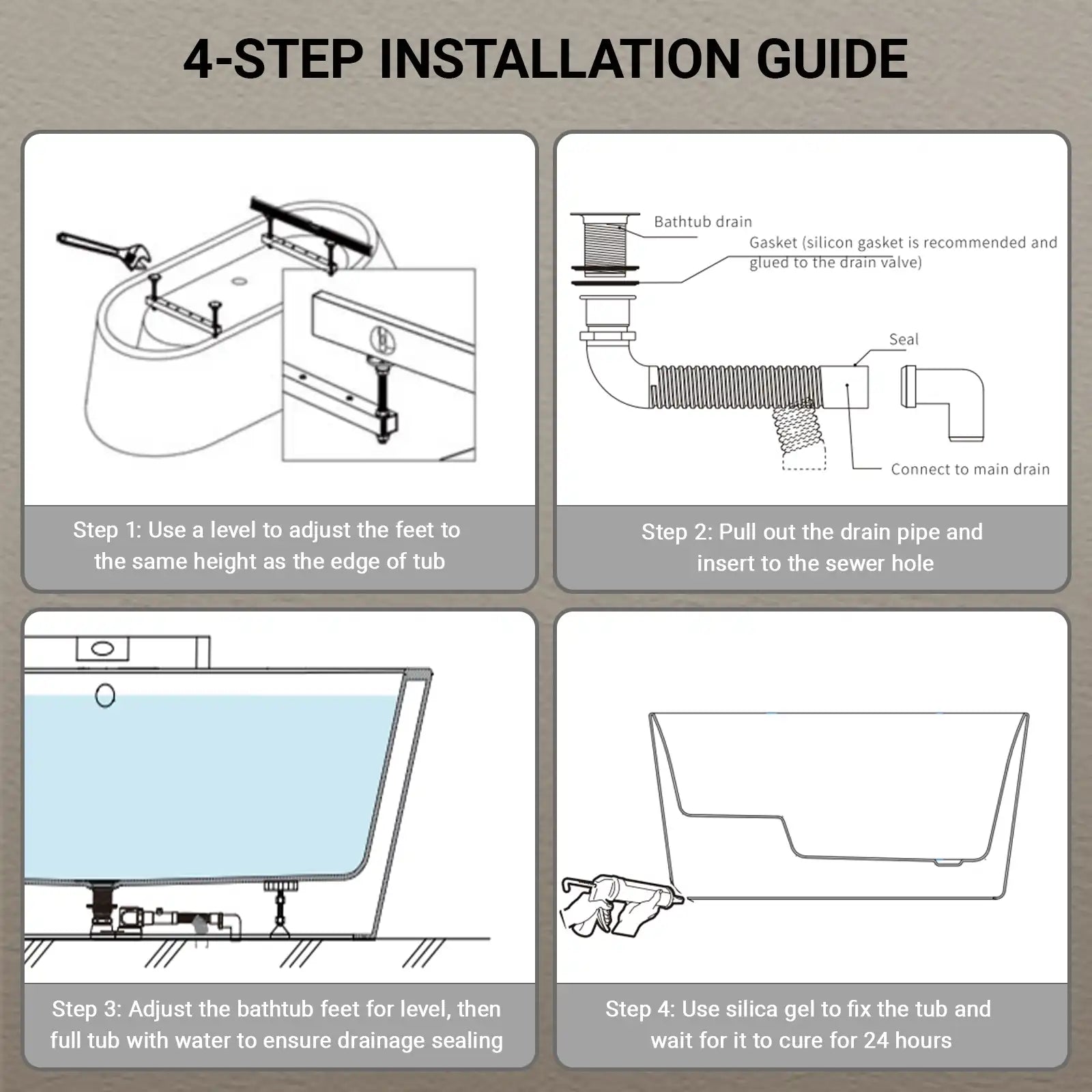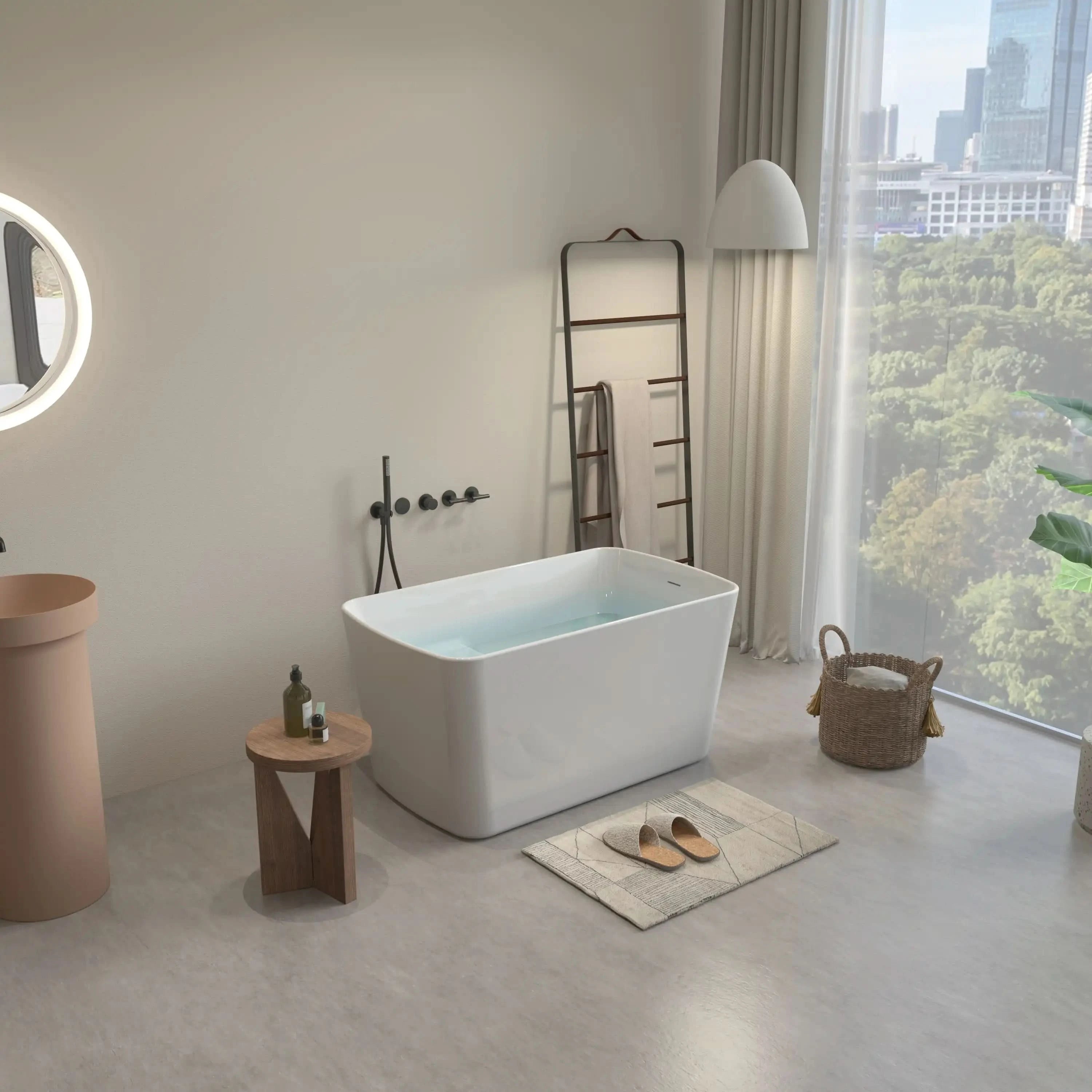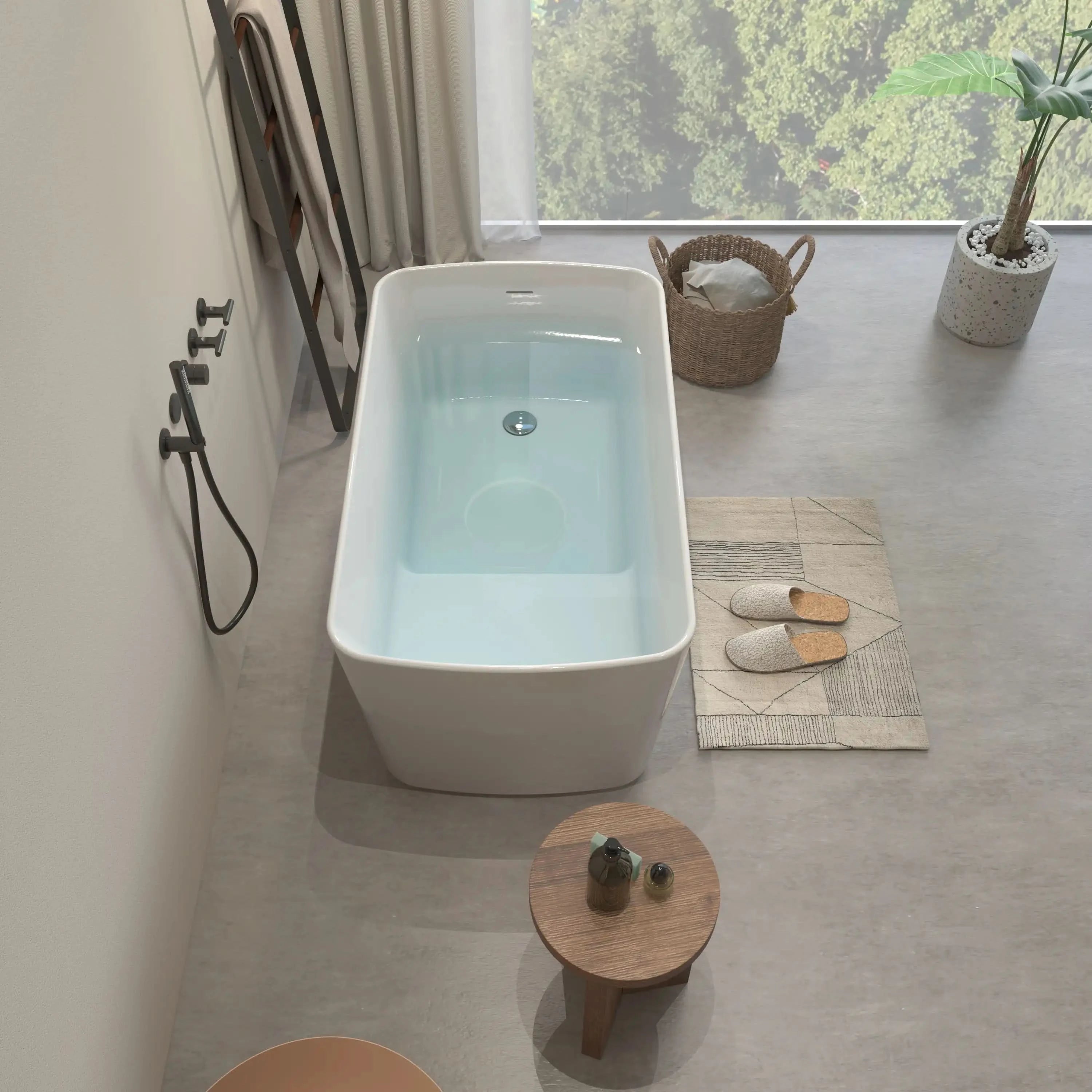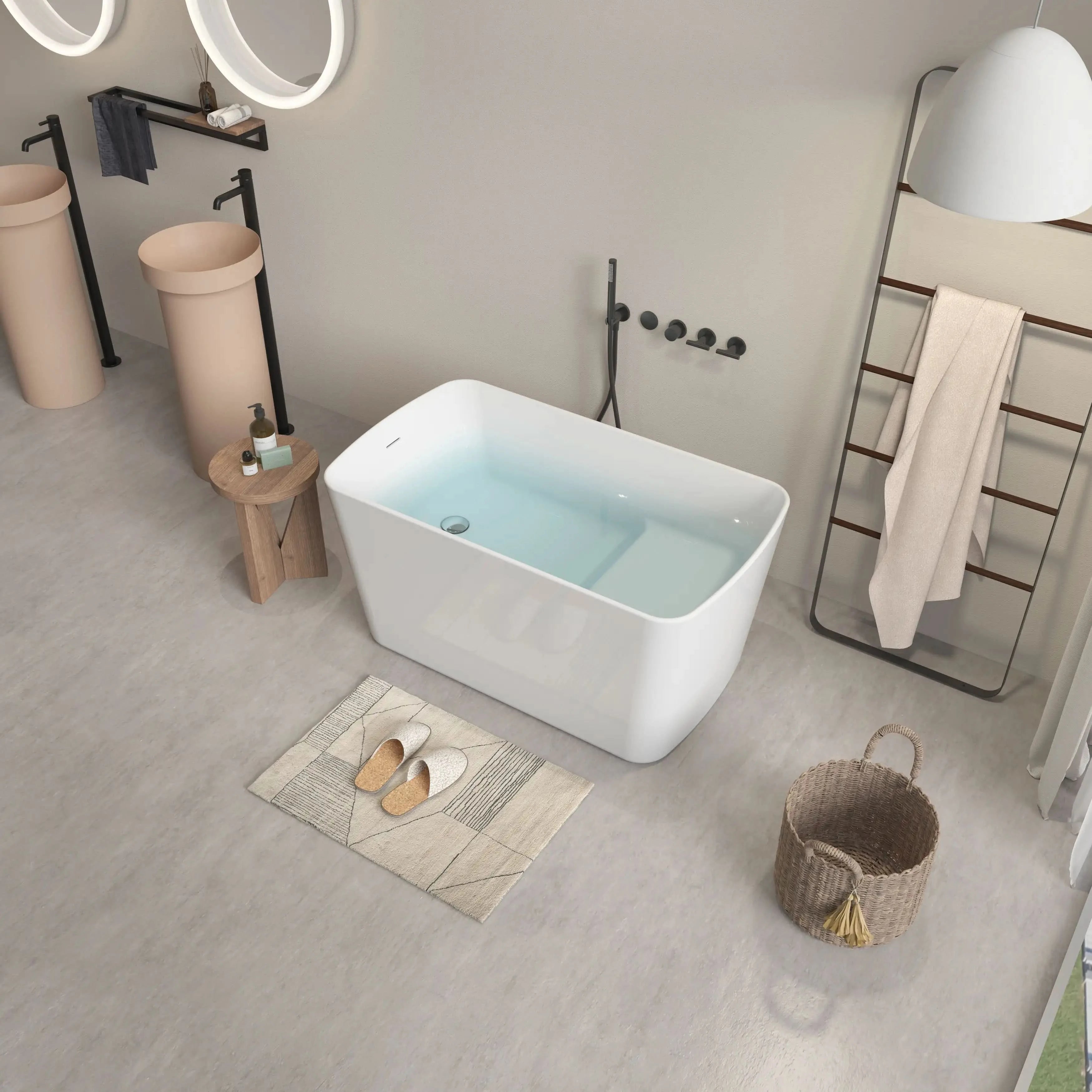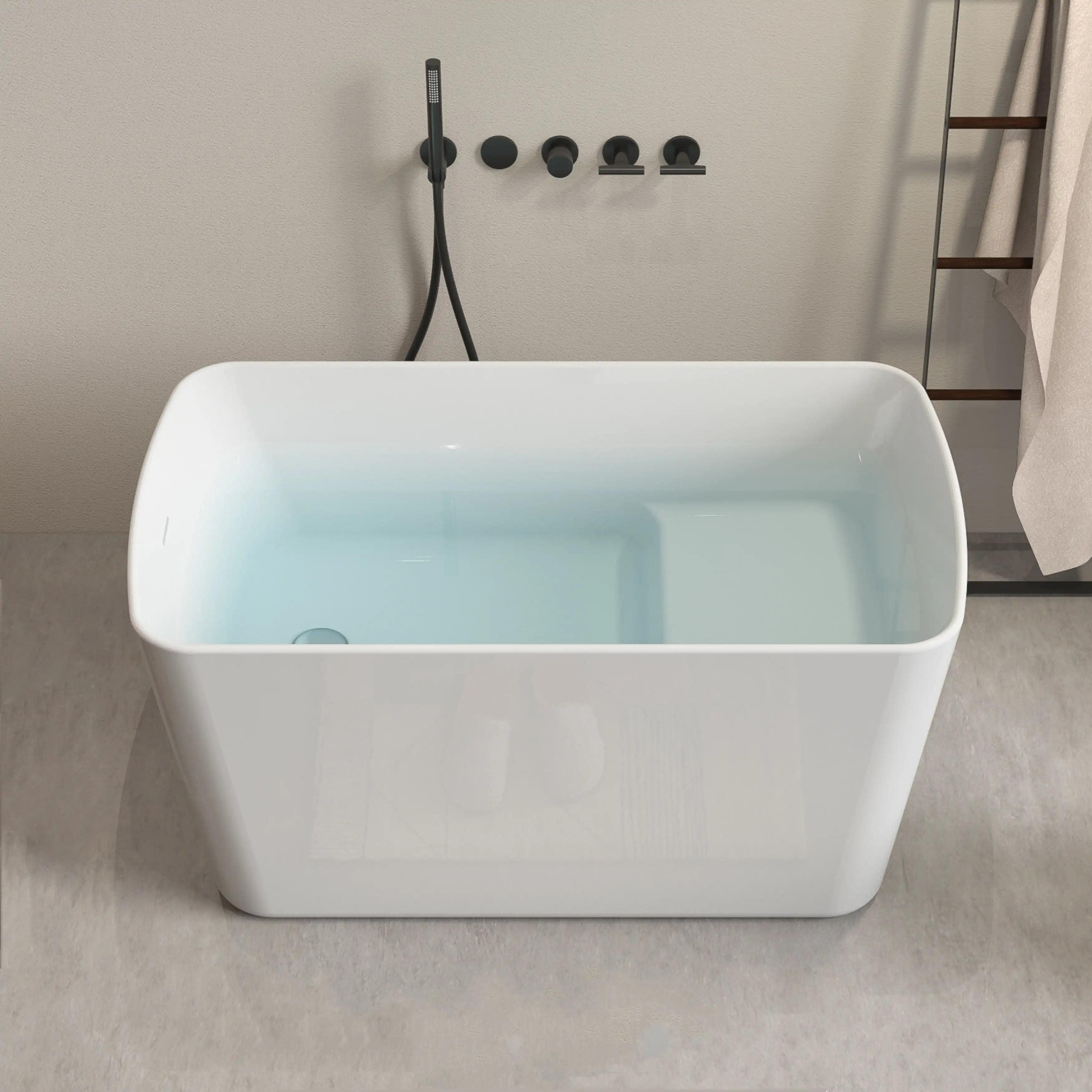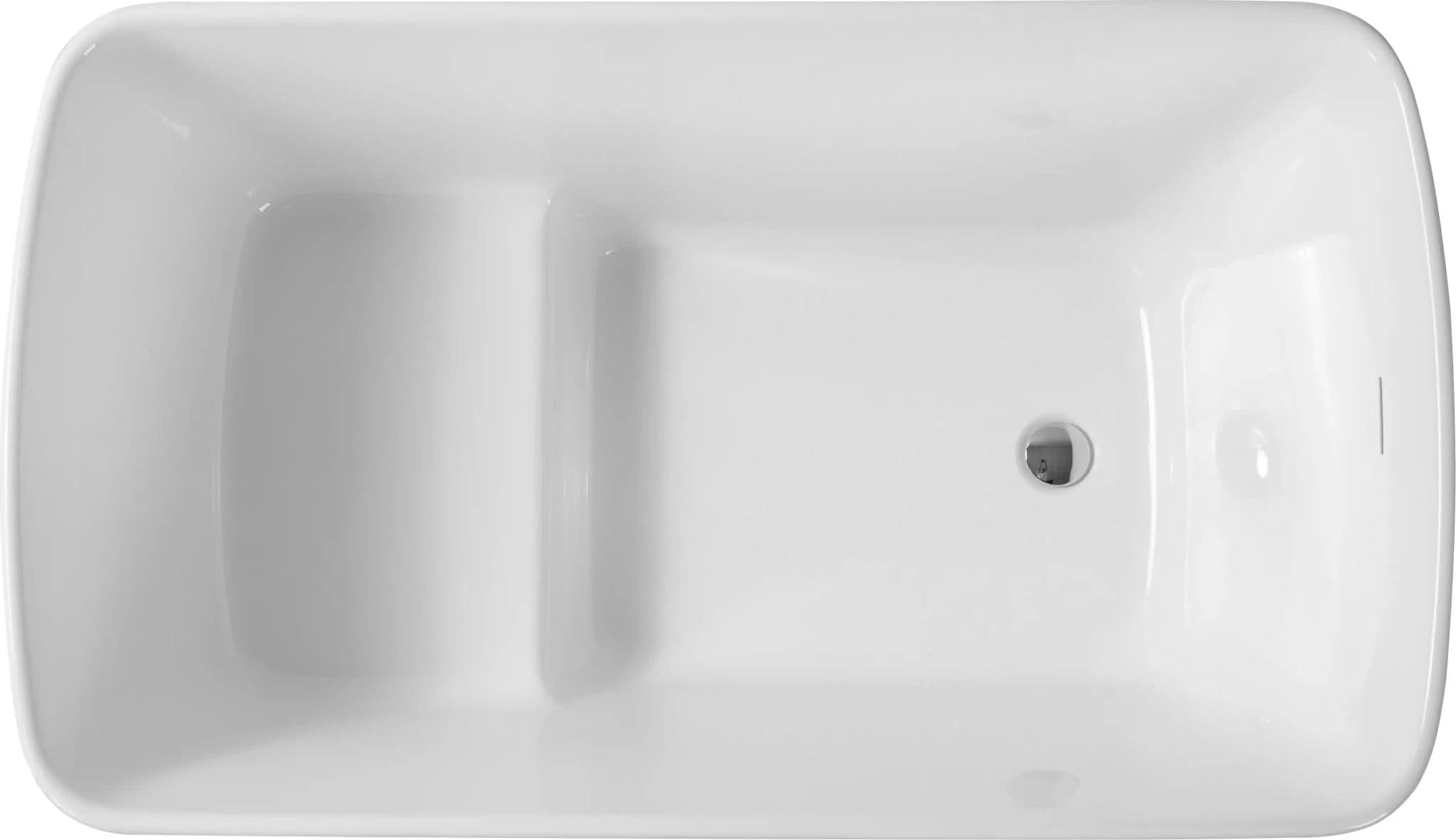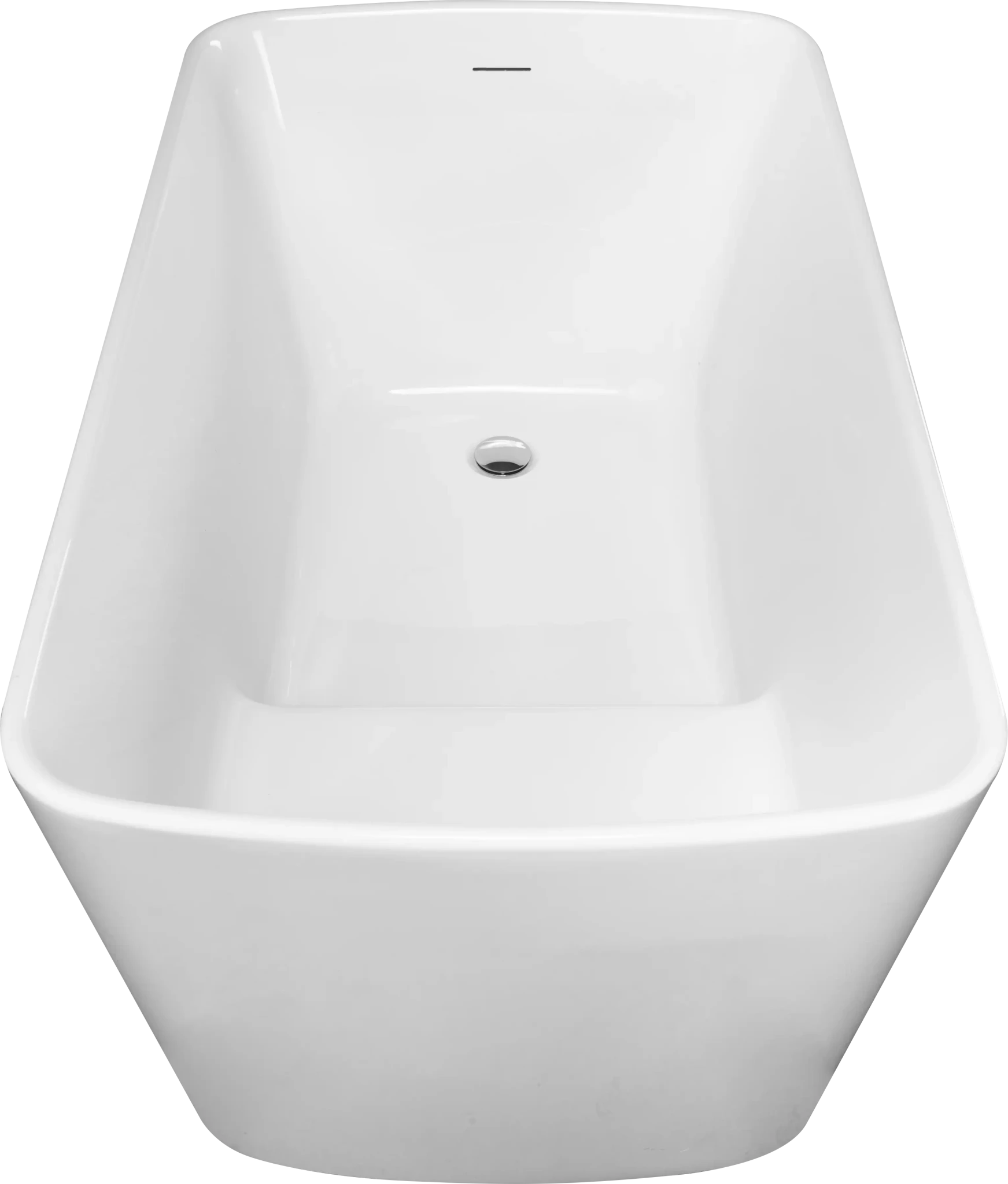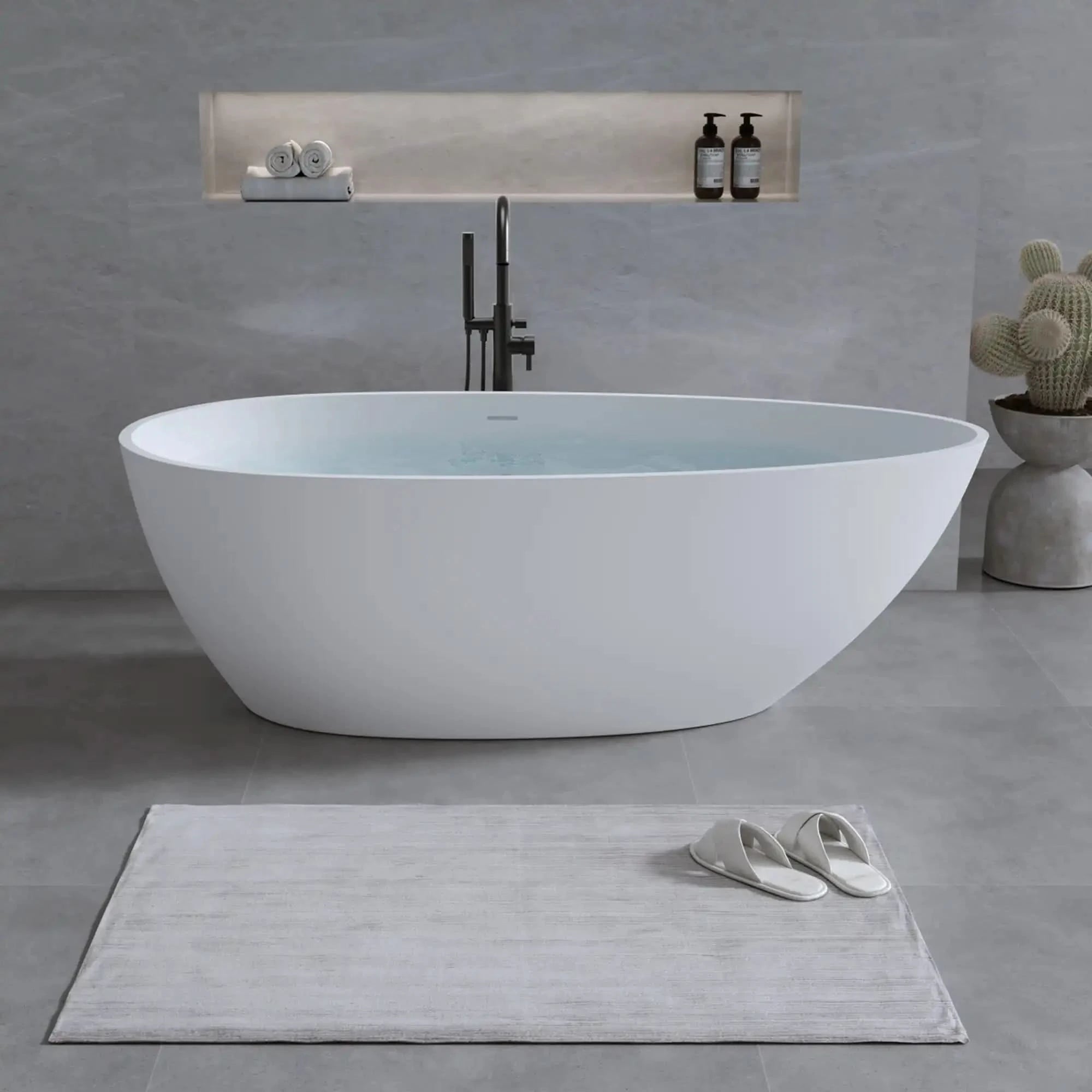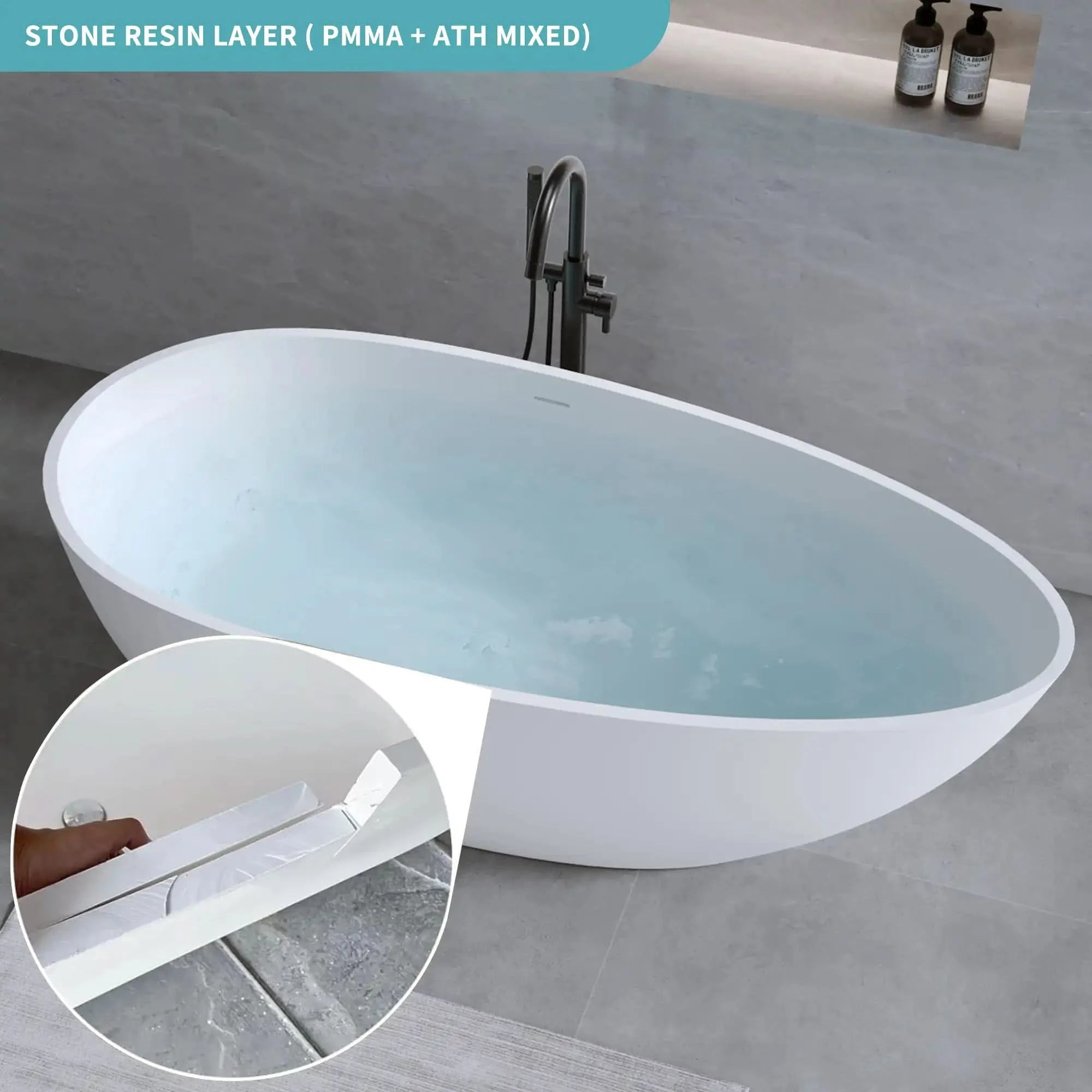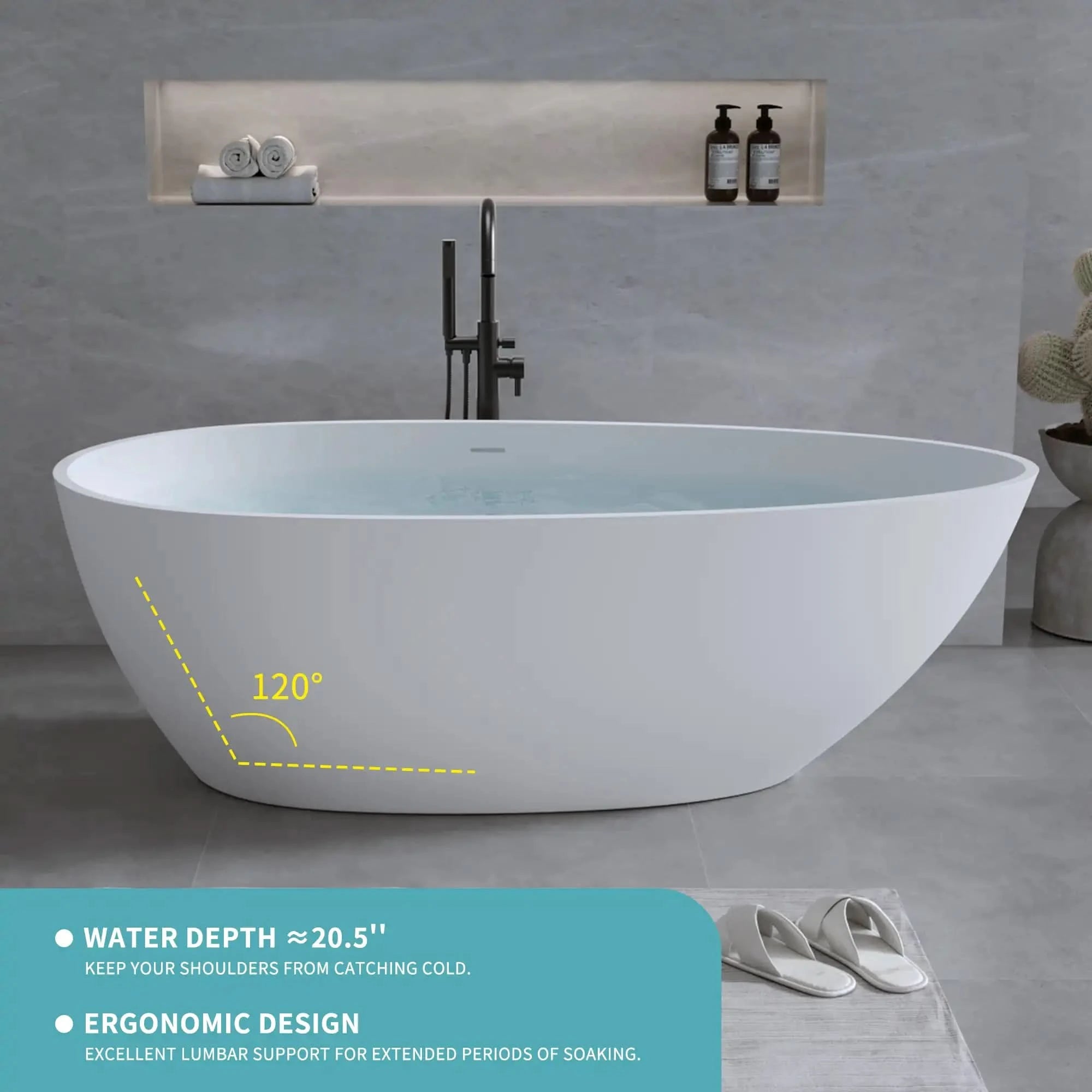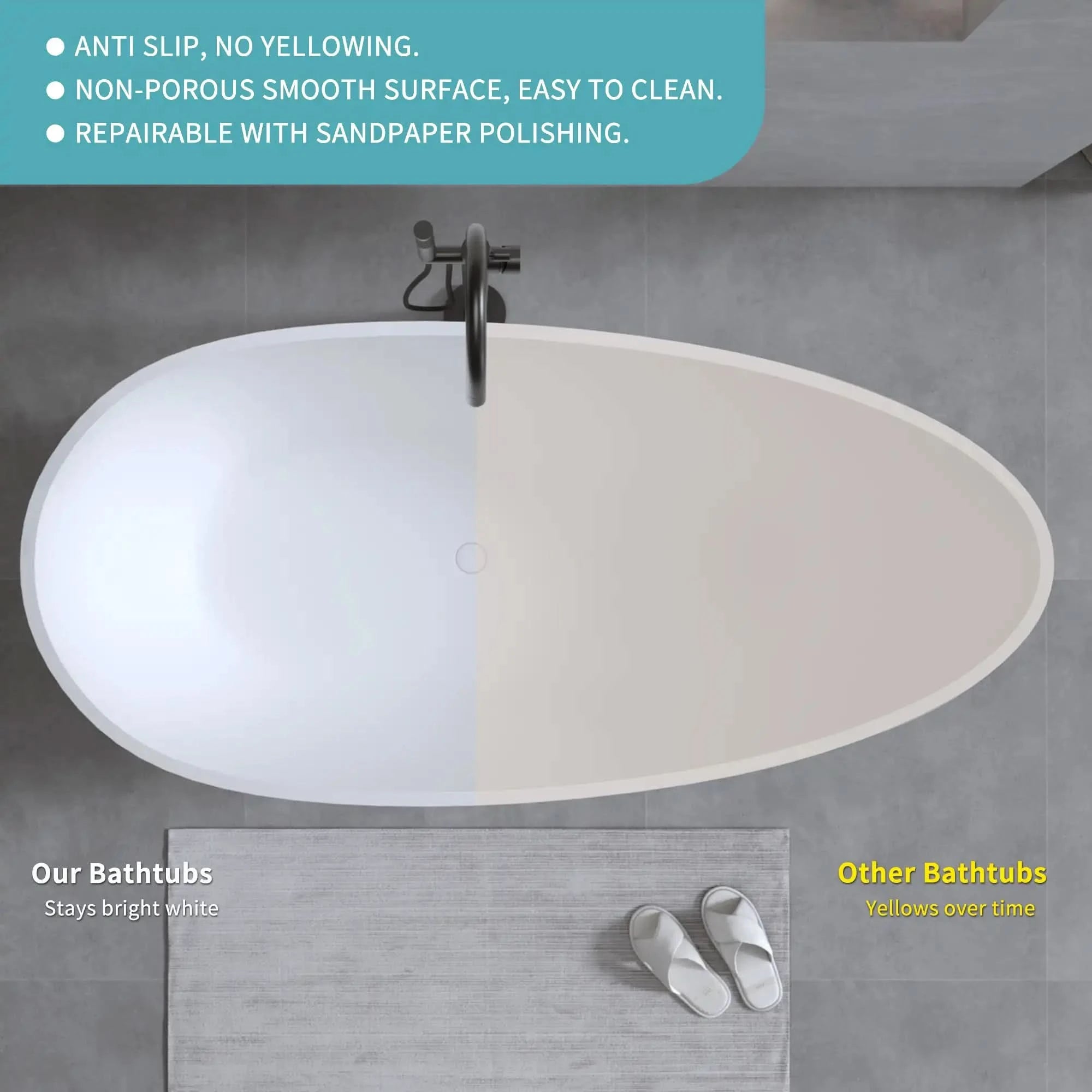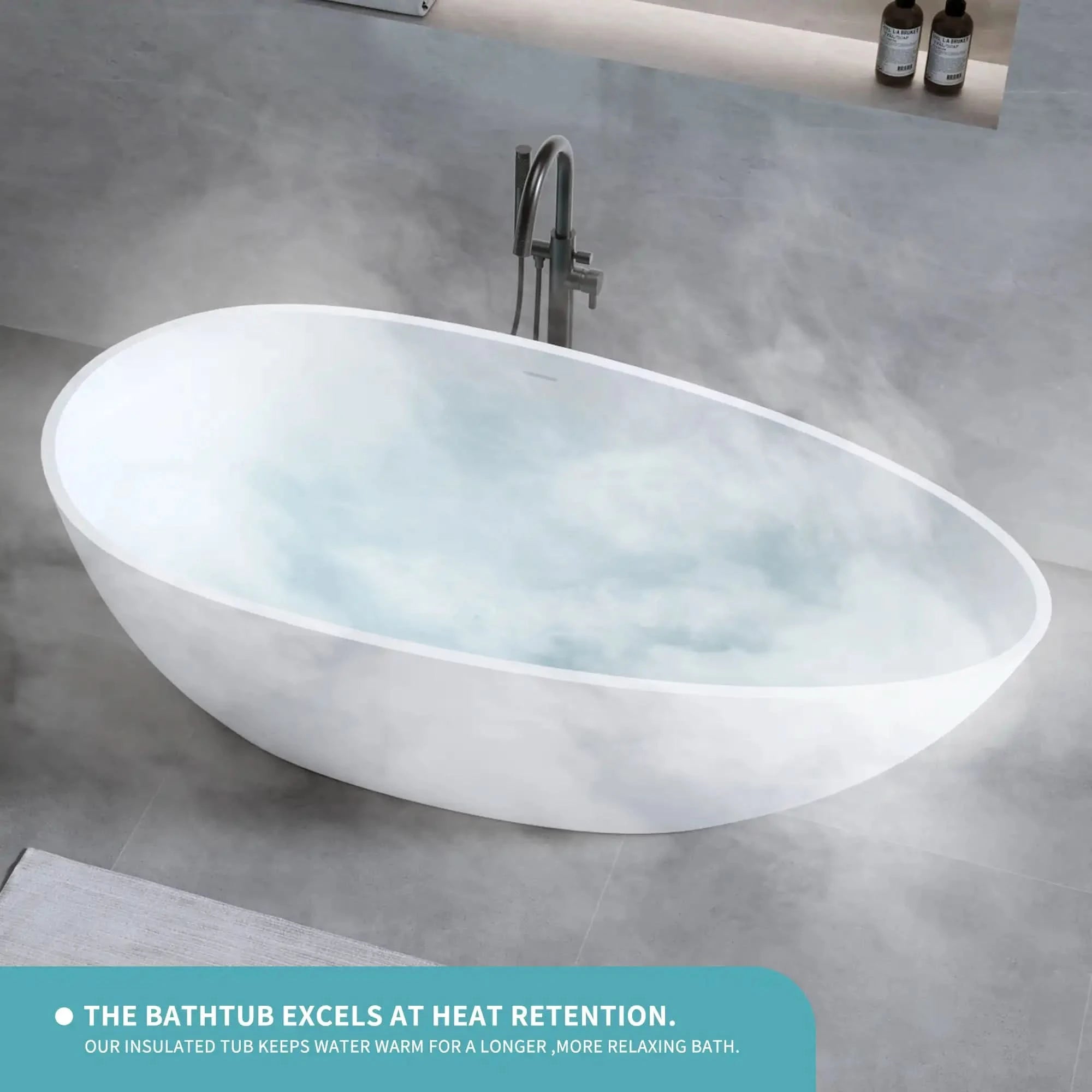Choosing a bathtub is not only about looks — bathtub dimensions are a crucial factor that directly impacts comfort, space efficiency, and long-term satisfaction. With a wide range of sizes and types available, choosing the perfect bathtub can be overwhelming without a clear understanding of how to match dimensions to your space and bathing preferences.
In this guide, we’ll break down what bathtub dimensions truly involve, review standard and alternative sizes across various tub styles, and help you determine what works best for your unique bathroom layout and personal preferences.
Table of Contents:
- What Does “Bathtub Dimensions” Really Include?
- Standard Bathtub Dimensions Explained
- Bathtub Types and Their Common Sizes
- Matching Bathtub Dimensions to Your Bathroom Layout
- Functional Considerations: Comfort, Use Case, and Future Needs
- Conclusion
- FAQ: Expert Answers to Common Questions
What Does “Bathtub Dimensions” Really Include?
Those three measurements — length, width, and depth — are typically what people are referring to when they talk about bathtub dimensions. Each of these plays a specific role in both usability and installation feasibility.
-
Length is the horizontal distance from one end of the tub to the other, typically measured along the outer edge.
-
Width (or breadth) refers to the side-to-side span.
-
Depth measures how far the basin extends from the rim to the bottom of the tub.
In addition, the configuration of the bathtub — from rectangular to oval, alcove to freestanding, affects how spacious it feels and how it fits within a bathroom.
When planning for a new bathtub, considering all aspects of bathtub dimensions is essential. It's not just to ensure a proper fit, but to achieve an ergonomic and enjoyable bathing experience.
Standard Bathtub Dimensions Explained
In most residential homes of America, the standard bathtub size refers to the alcove-style bathtub. The typical standard bathtub dimensions for this style are:
-
Length: 60 inches (5 feet)
-
Width: 30–32 inches
-
Depth: 14–16 inches
These measurements fit well into standard construction frameworks and plumbing setups. The 60-inch length accommodates most users while still allowing efficient water use and wall-to-wall installation.
Slightly bigger models — up to 72 inches long, are also becoming more common in modern homes, especially in master bathrooms. Conversely, for compact spaces or apartments, shorter models (48–54 inches in length) are also available.
Understanding these baseline bathtub dimensions helps set realistic expectations and enables homeowners to plan renovations or replacements without unnecessary complications.

Bathtub Types and Their Common Sizes
While the standard alcove tub fits most traditional bathrooms, other styles offer specific advantages in form, function, and bathtub dimensions.
Freestanding Bathtub
- Length: ~52–72 in
- Width: ~27–36 in
- Depth: ~15–20 in
Design-forward tubs for various bathroom sizes—from compact to luxurious layouts. Allow clearance around all sides.

Corner Bathtub
- Side Length (along two walls): ~48–60 inches
- Depth: ~16–20 inches
- standard models: around 60″ × 60″
Space-saving triangular design, perfect for corner installations and dual soaking.

Japanese Soaking Tub
- Length: ~38–48 in
- Width: ~27–36 in
- Depth: ~20–26 in
Deep, compact Ofuro‑style tubs ideal for seated immersion in small bathrooms. High soaking depth conserves floor space.

Walk-in Bathtub
- Length: ~50–60 inches
- Width: ~28–32 inches
- Depth: ~36-38 inches (with seat)
Accessible and safe, ideal for seniors or people with limited mobility. Built-in doors and seats included.

Different bathtub dimensions serve different household needs — knowing the standard sizes per type helps streamline your buying decision.
Matching Bathtub Dimensions to Your Bathroom Layout
The size of your bathroom dictates what kind of bathtub you can install. Here’s a quick guide to matching bathtub size with room layout:
Small Bathrooms (<40 sq ft)
Space is a premium here. A compact alcove bathtub or corner unit is your best bet.
-
Optimal dimensions: 54–60” length x 28–30” width
-
Consider shallow depths (14–16”) to save water and ease entry
Medium Bathrooms (40–70 sq ft)
You can explore freestanding or soaking tubs, especially if space is efficiently used.
-
Recommended: 60–66” length, 30–34” width
-
Leave at least 4 inches of clearance on each side of freestanding models
Large Bathrooms (>70 sq ft)
You have room to get creative. Larger freestanding tubs or corner bathtubs can add luxury.
-
Freestanding or dual-bather options: up to 72” long and 36” wide
-
Ensure enough space for movement, towel storage, and fixtures
Before choosing, measure carefully: length from wall to wall, width across the floor, and space for access and plumbing. These practical steps will help ensure the bathtub dimensions match the architectural constraints.

Functional Considerations: Comfort, Use Case, and Future Needs
It is also essential to consider the intended use case when selecting bathtub dimensions:
For Relaxation
- If you prefer deep, immersive baths, choose a soaking tub with at least 20 inches of interior depth. A longer length (66–72 inches) allows for a stretched-out position, ideal for relaxation.
For Families or Children
- Standard-sized alcove bathtubs (60" x 30") with tub faucet and shower head combo offer enough space for bathing children while remaining safe and easy to clean. Lower wall height also assists with easier access.
For Elderly or Limited Mobility
- Walk-in tubs offer safer entry with ergonomic seating. The overall footprint remains similar to a standard tub, but internal space is optimized for seated bathing.
For Pet Owners
- Consider wider tubs with gently sloped interiors to help pets feel more secure. A minimum width of 32 inches can provide extra maneuverability.
Water Use Efficiency
- Shallower tubs (~14–16” depth) heat and fill faster, conserving water and energy. Deeper tubs require more heating but offer greater comfort.
For Taller Individuals (6'0"+)
- Standard tubs can feel cramped for taller users. To ensure comfort during reclining or full-body soaks, look for extended-length tubs of at least 66 inches or more. A depth of 20–22 inches also allows better immersion without compromising posture.
For Space Saving
- In compact bathrooms where every inch counts, selecting a tub with a minimal footprint is key. Look for short-length alcove tubs (46–54 inches) or deep but narrow Japanese soaking tubs (39-47 inches) that allow vertical immersion without taking up horizontal space.
And in the end, this is the best way to make sure that you choose a bathtub size that is functional and comfortable, as well as one that is practical and still meets your need even years down the road.
Conclusion
Choosing the right bathtub starts with understanding essential bathtub dimensions — length, width, and depth — and how they relate to your space and needs. From standard alcove models to deep Japanese soaking tubs, every type serves a different function.
Measure your bathroom carefully, consider who will use the tub, and match the size to your layout and lifestyle. The right fit ensures comfort, functionality, and a better bathing experience for years to come.
FAQ: Expert Answers to Common Questions
Q1: What are the most common bathtub dimensions in modern homes?
A: The standard size is typically 60 inches long, 30 inches wide, and around 14 to 16 inches deep — suitable for most bathrooms.
Q2: Is a freestanding bathtub suitable for a small space?
A: Some compact freestanding tubs (as short as 55”) can fit in small bathrooms, but always leave room for maintenance access around all sides.
Q3: What depth is best for soaking comfortably?
A: A depth of 20 to 25 inches is ideal for full-body soaking, depending on user height.
Q4: How do I determine if a tub will fit my bathroom?
A: Measure floor length and width, account for wall studs, plumbing fixtures, and access paths. Always allow a few extra inches for framing and movement.
Q5: Can larger tubs cause issues with floor structure or plumbing?
A:
How Much Is a Clawfoot Bathtub Worth? Exploring the Value of This Timeless Luxury
Soak in Safety: How Modern Walk-In Bathtubs Redefine Bathroom Bliss
Why Your Bathroom Layout is Begging for a Corner Bathtub (And How to Listen)
The Zen of Bathing: Why Japanese Soaking Bathtubs Are Redefining Luxury Spa Experiences
